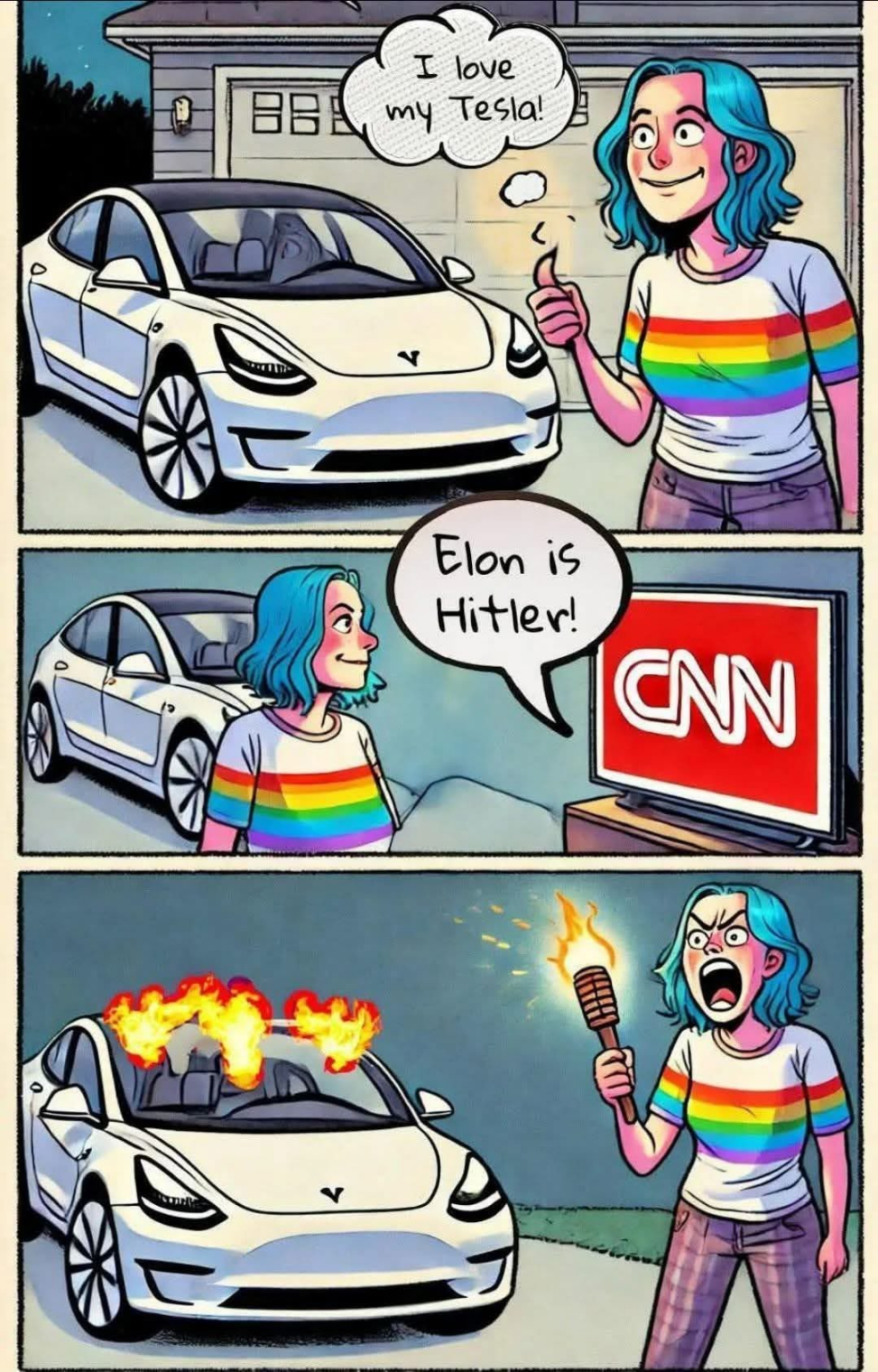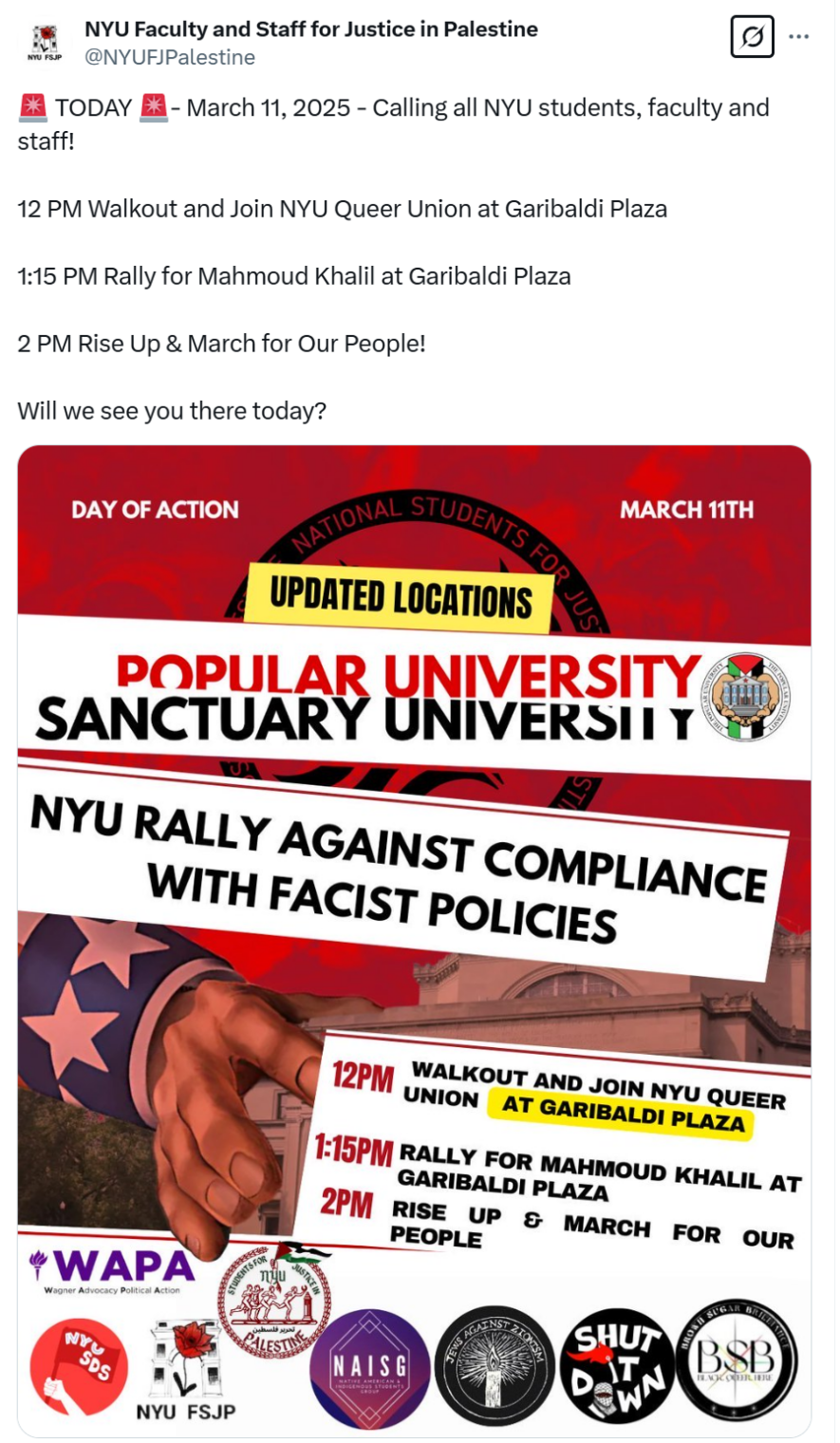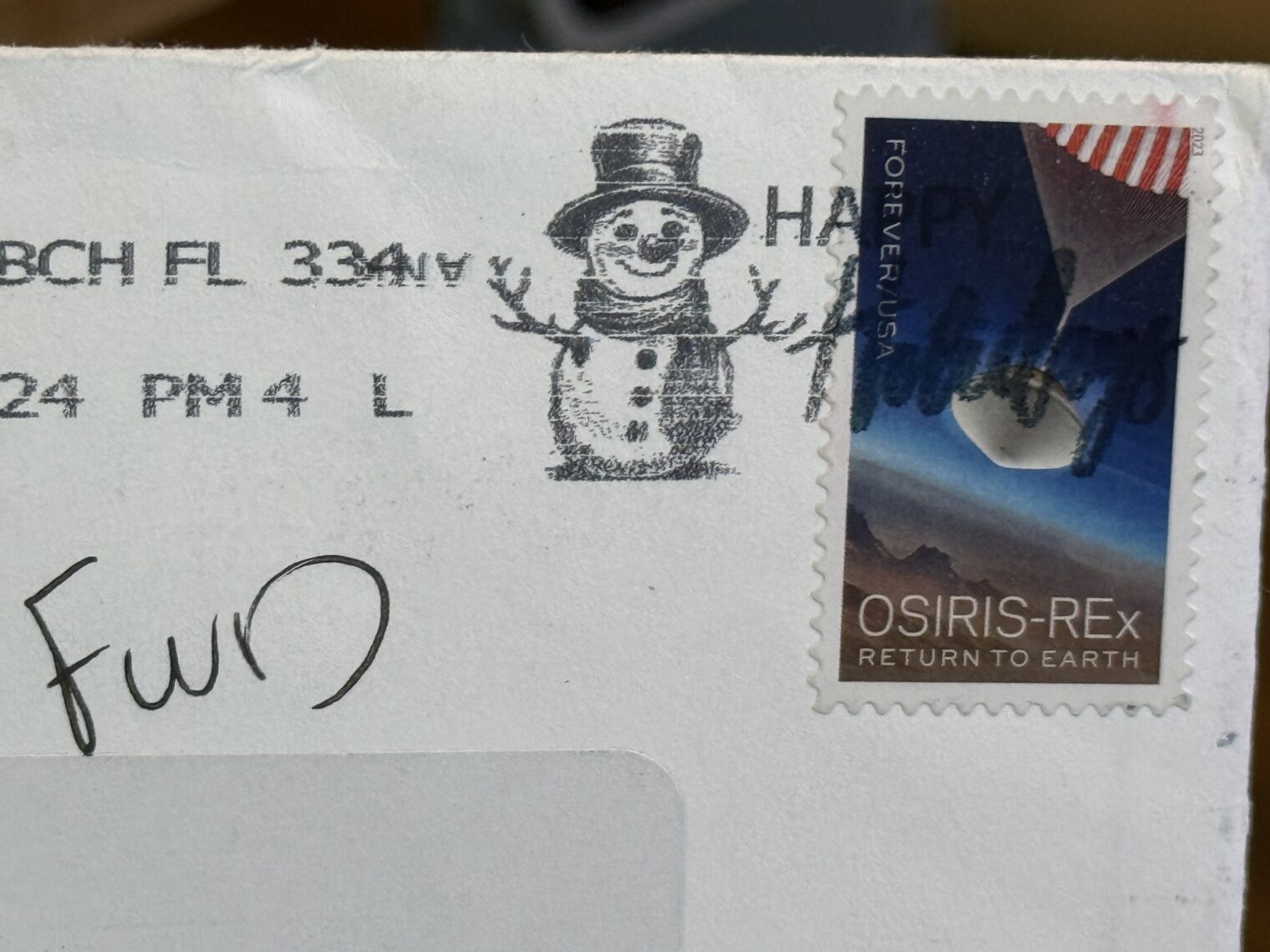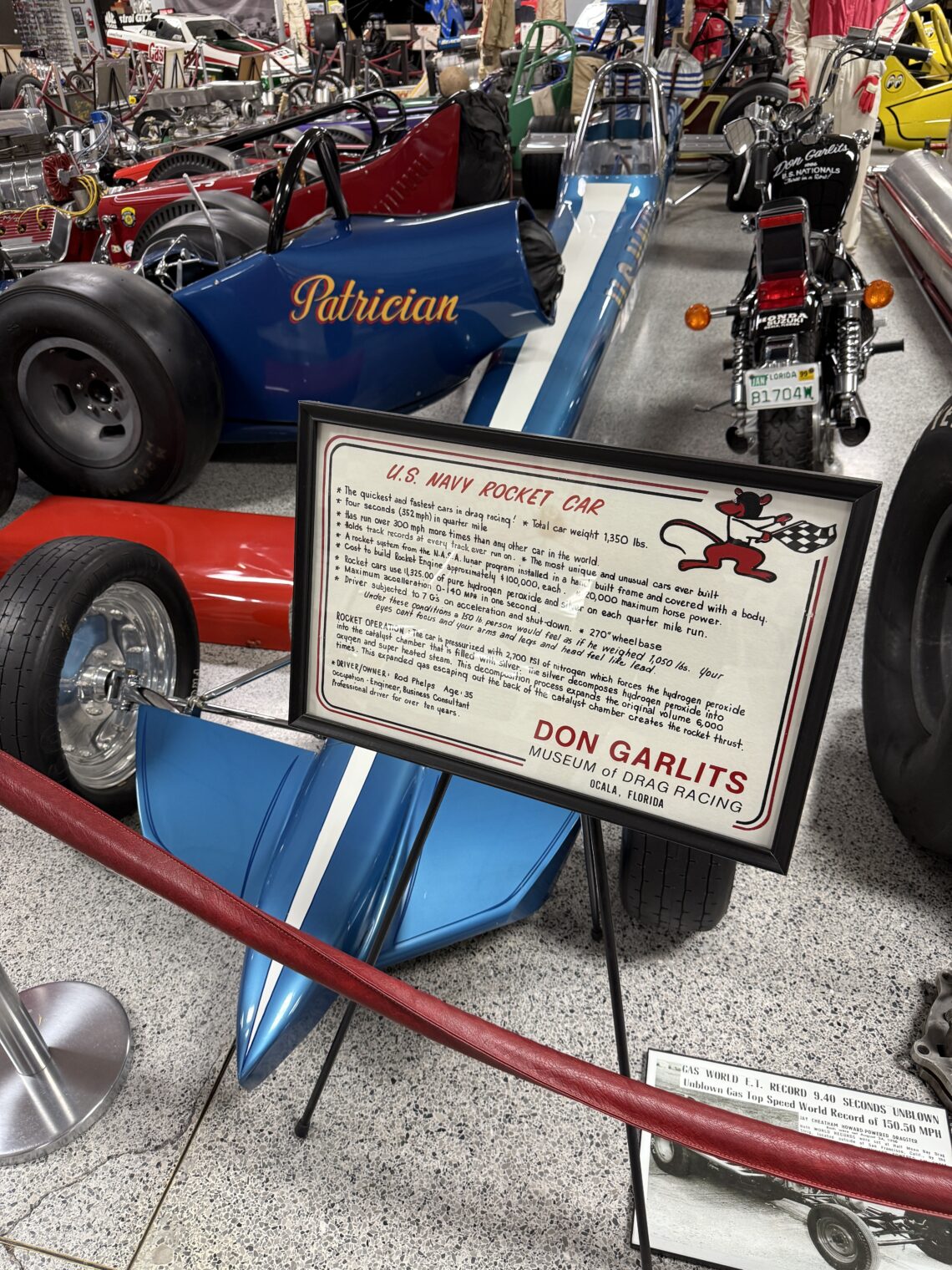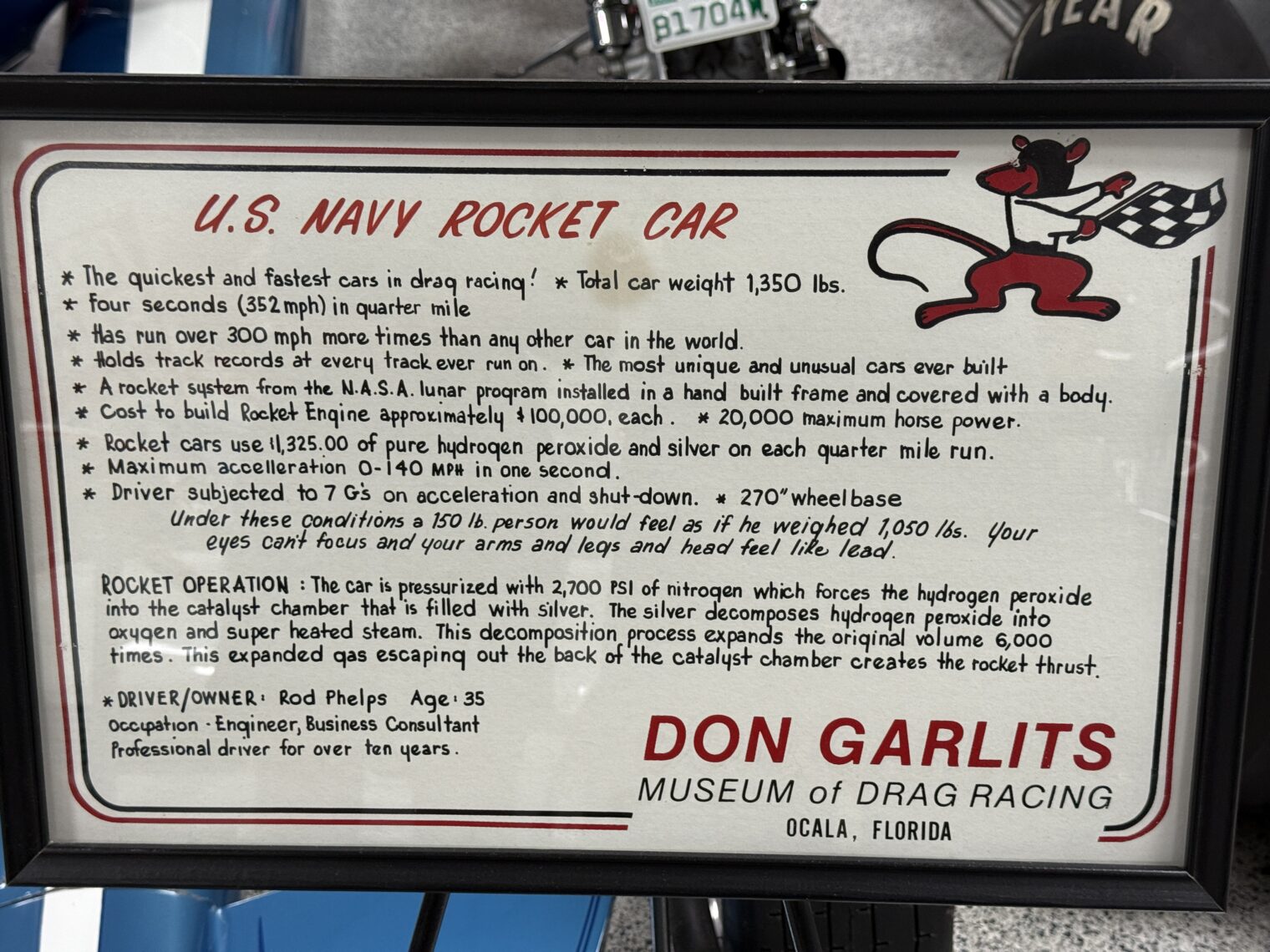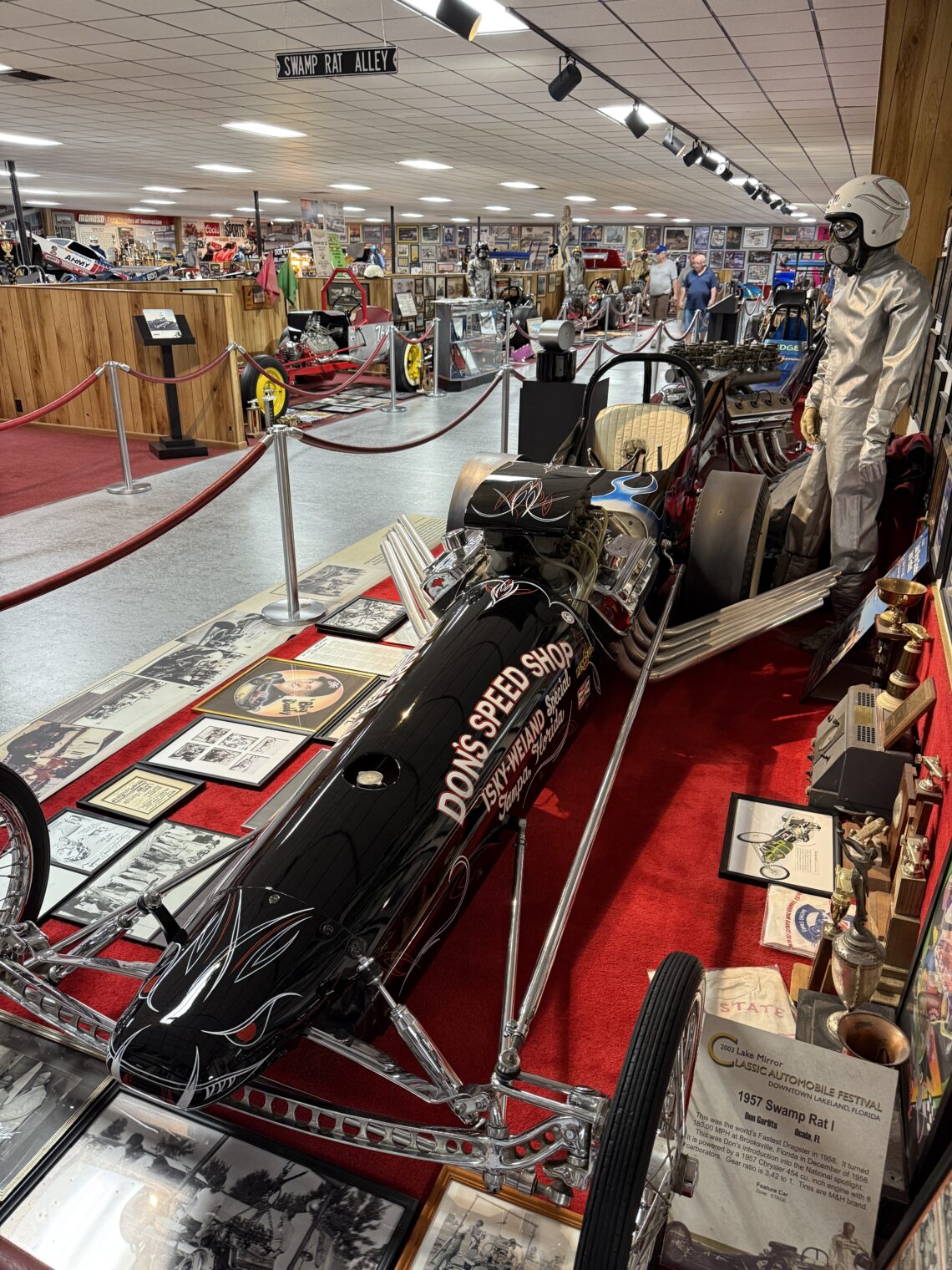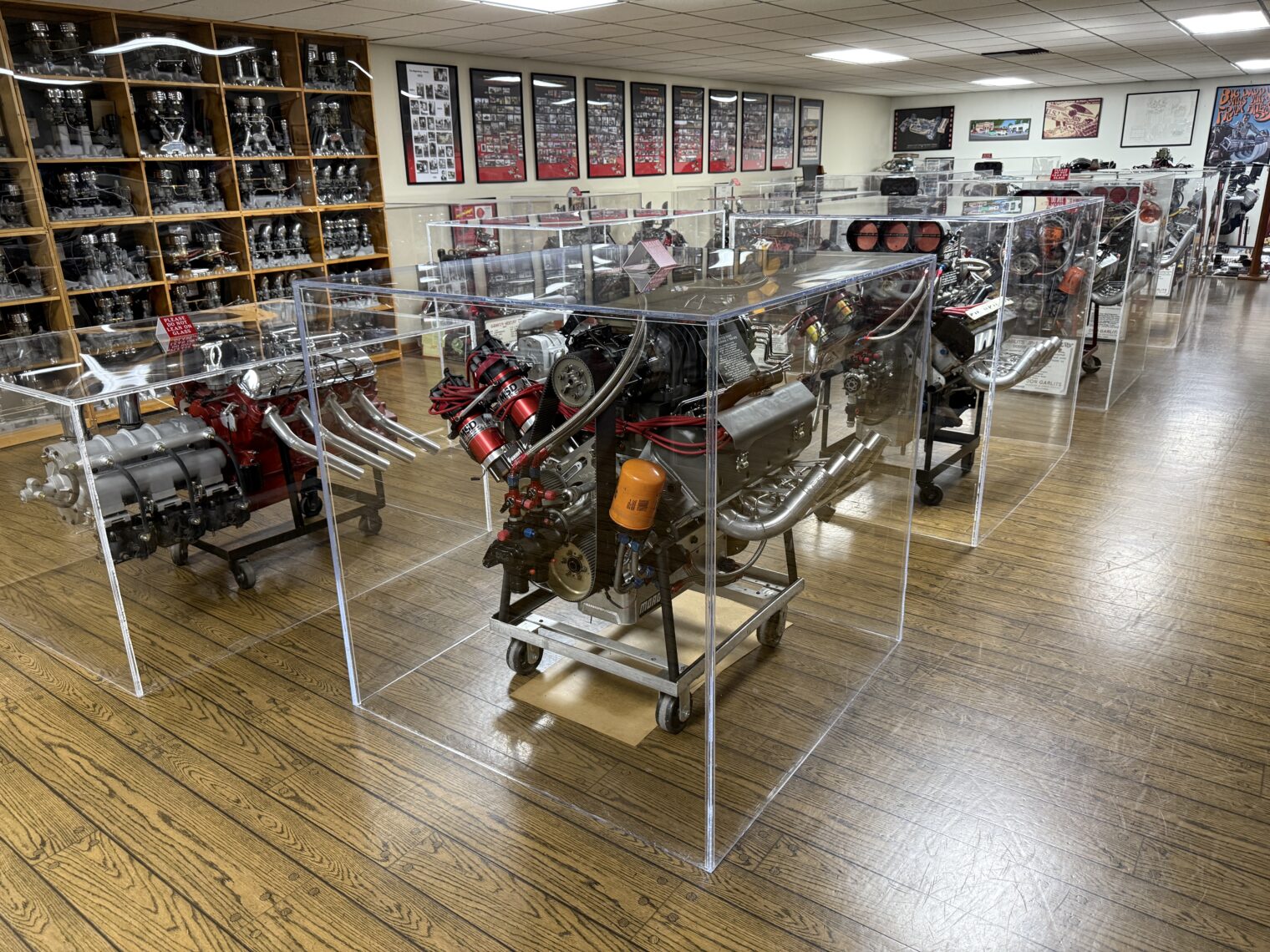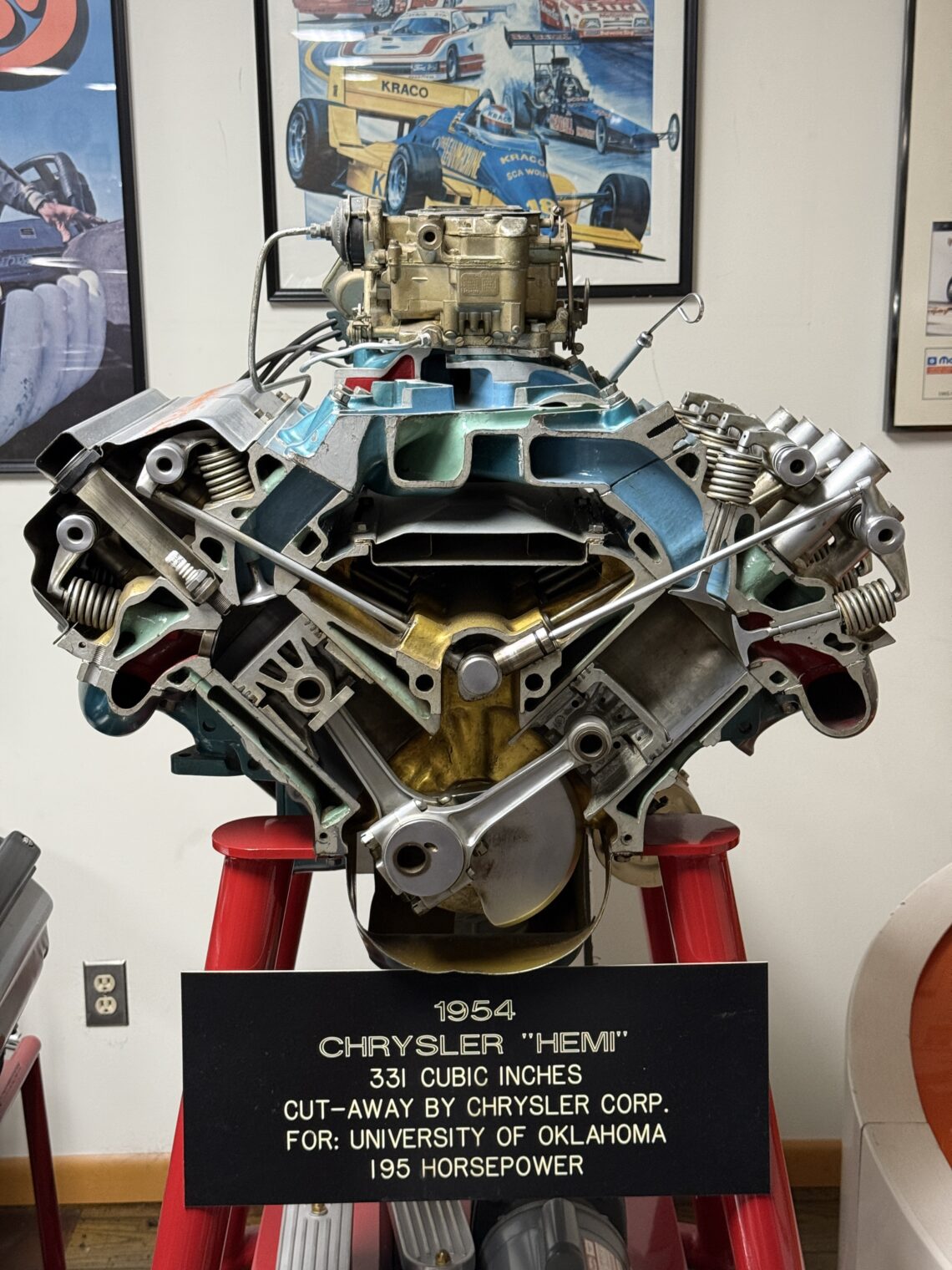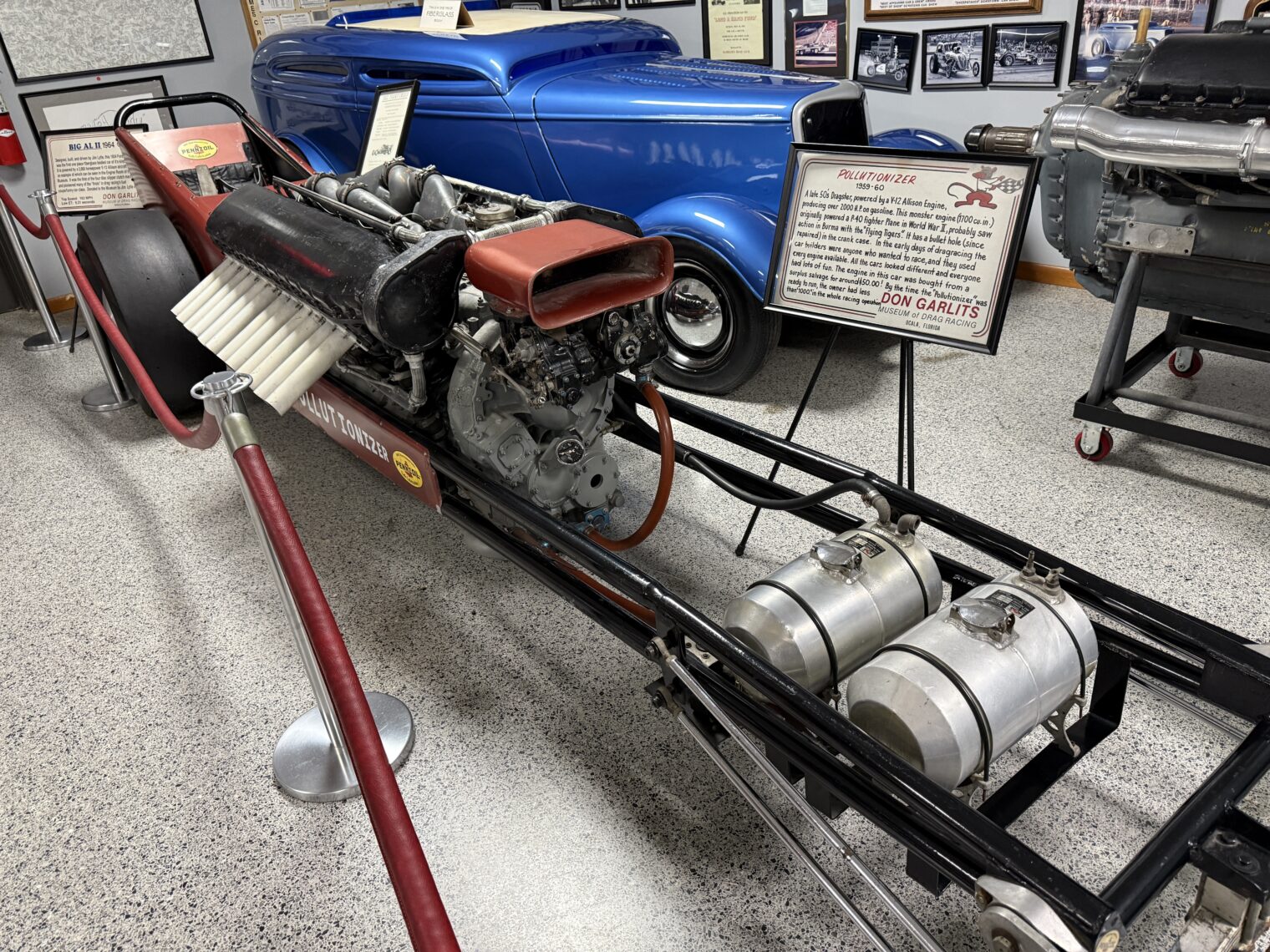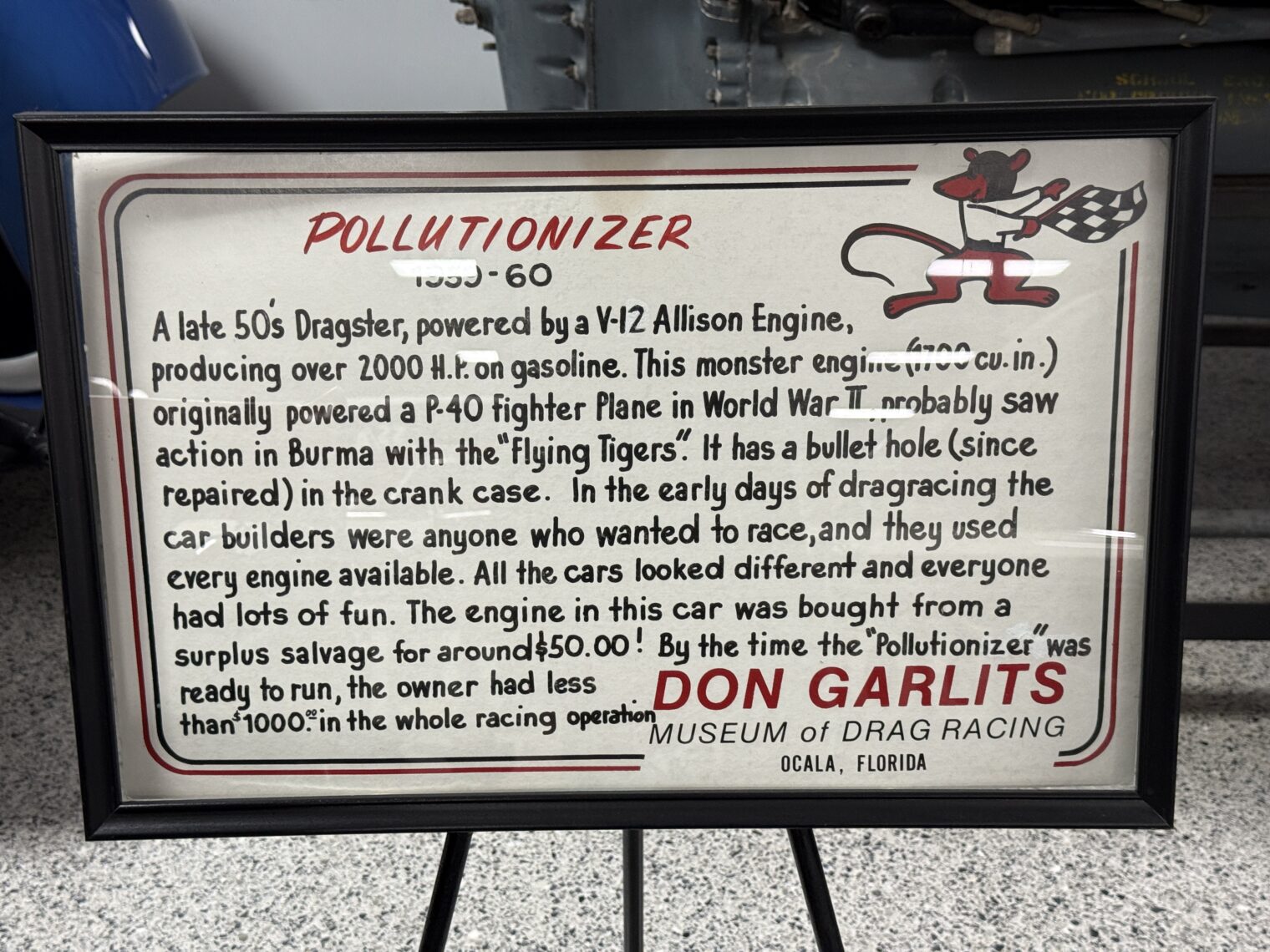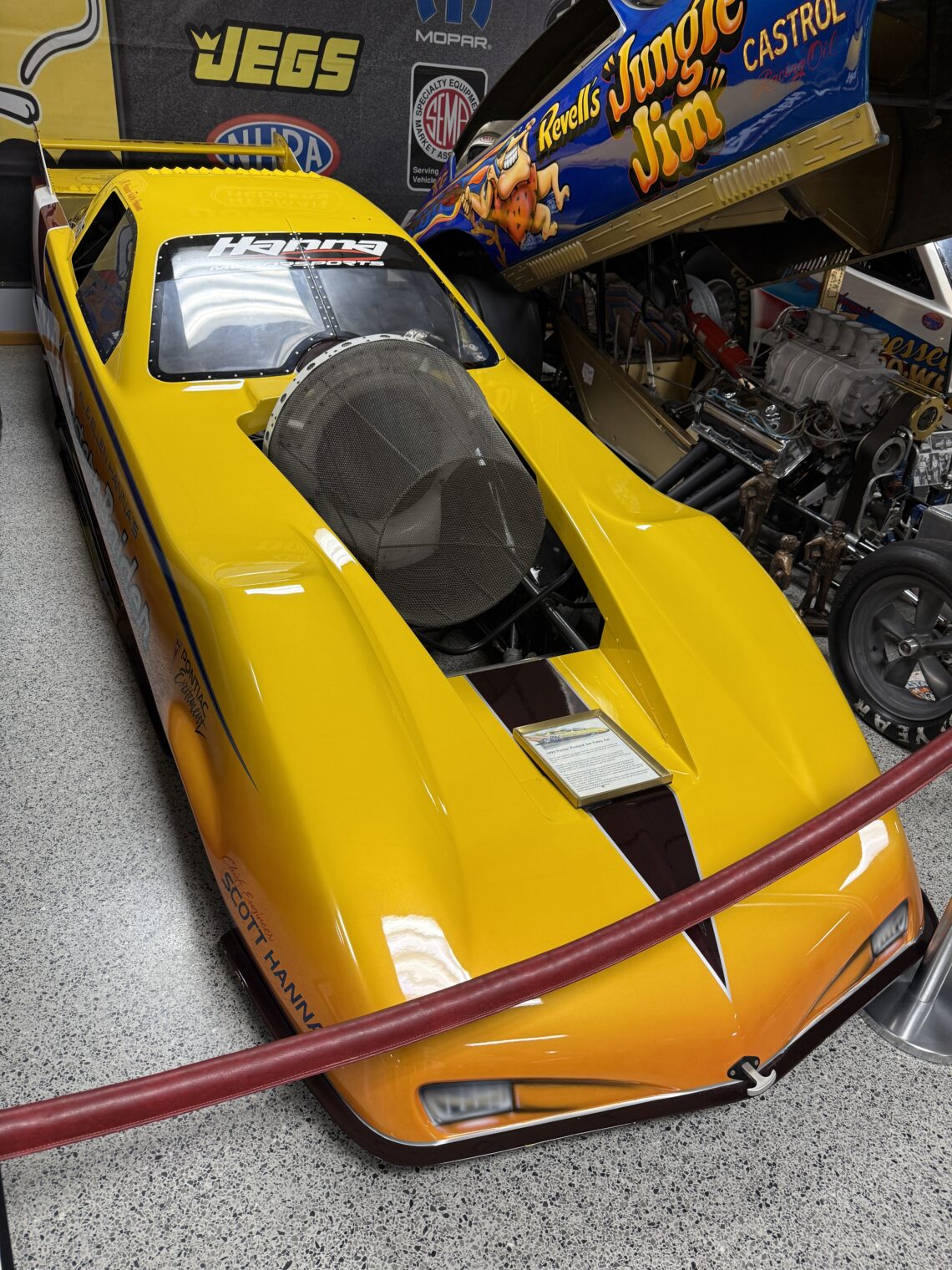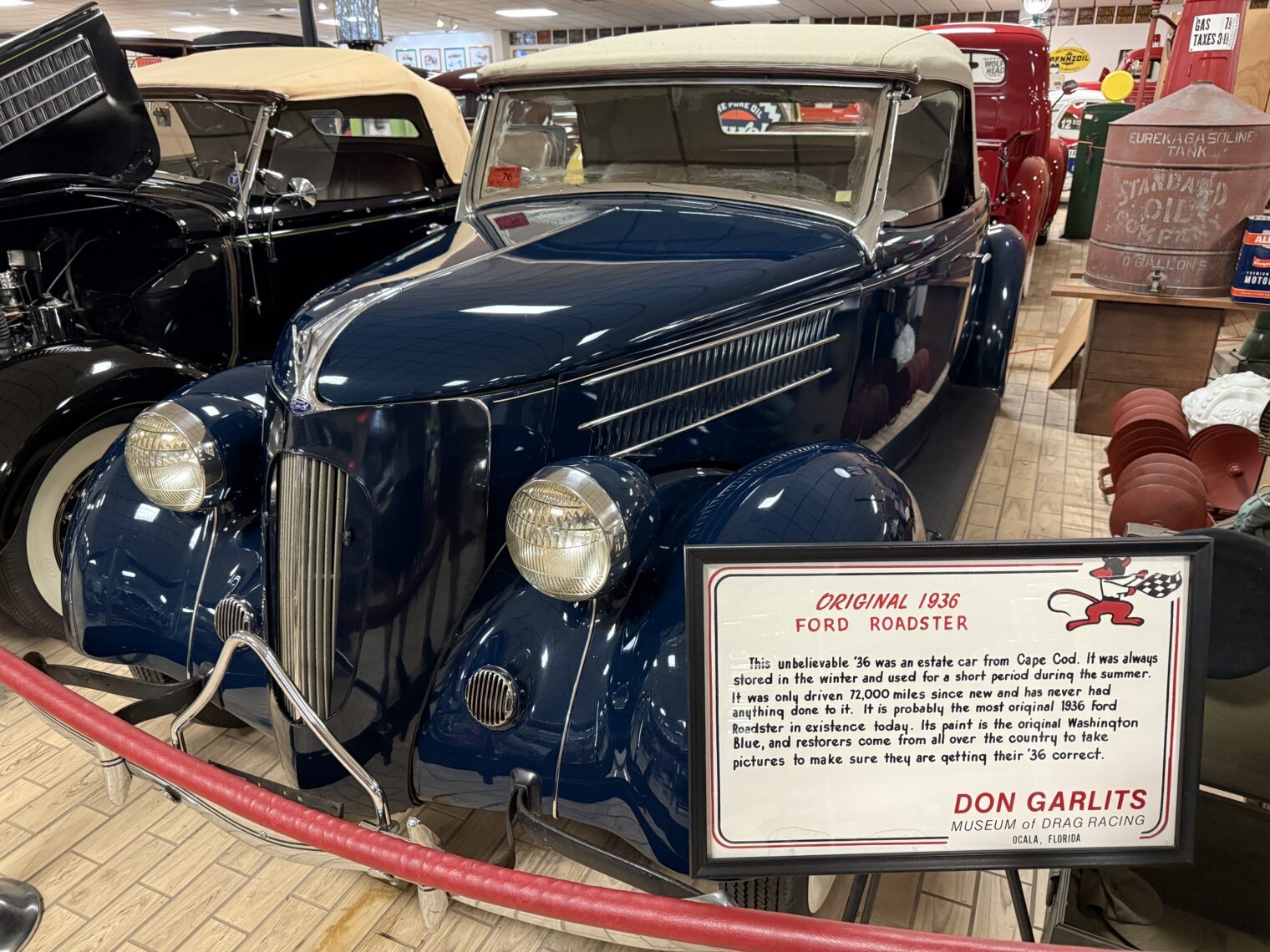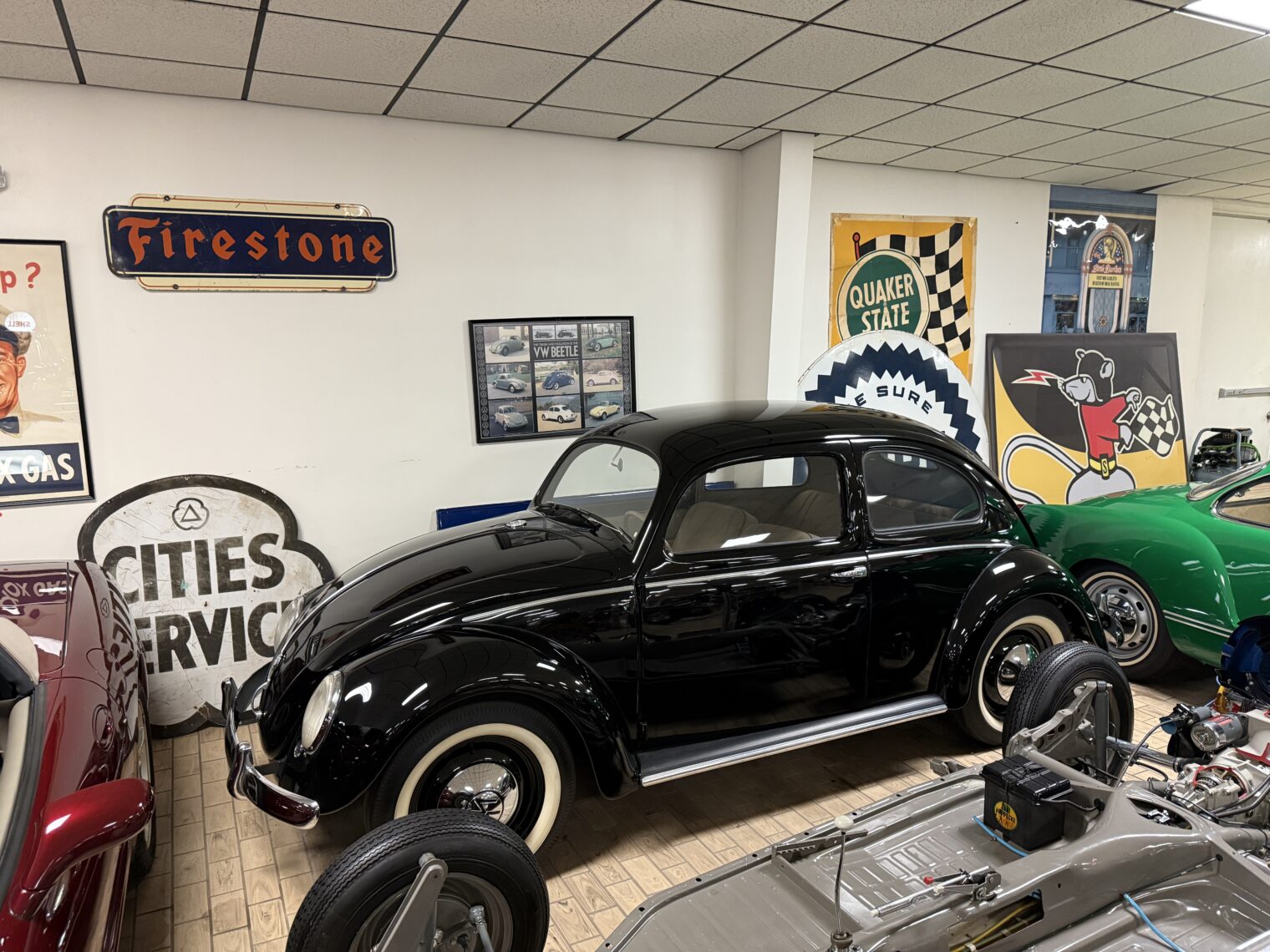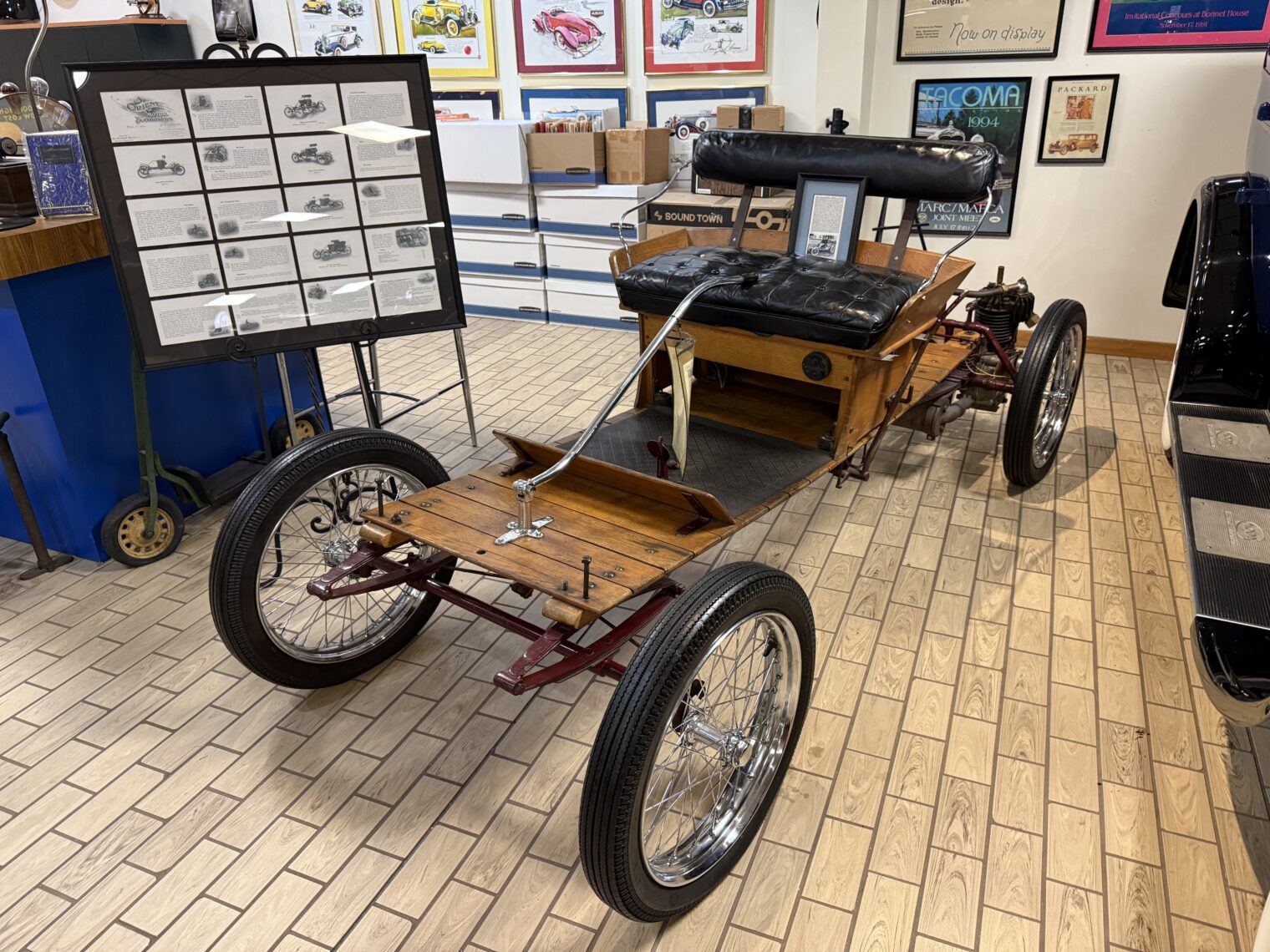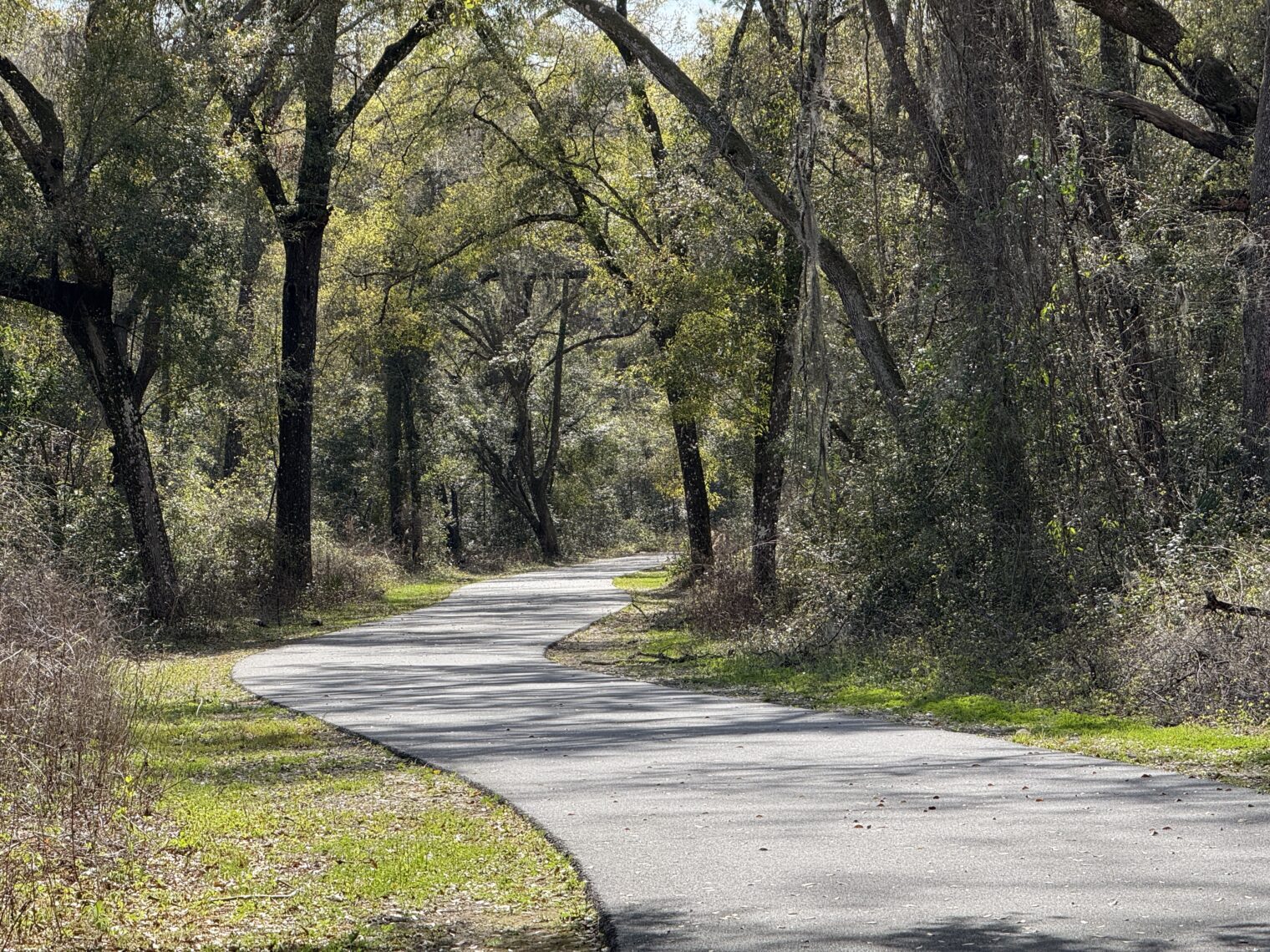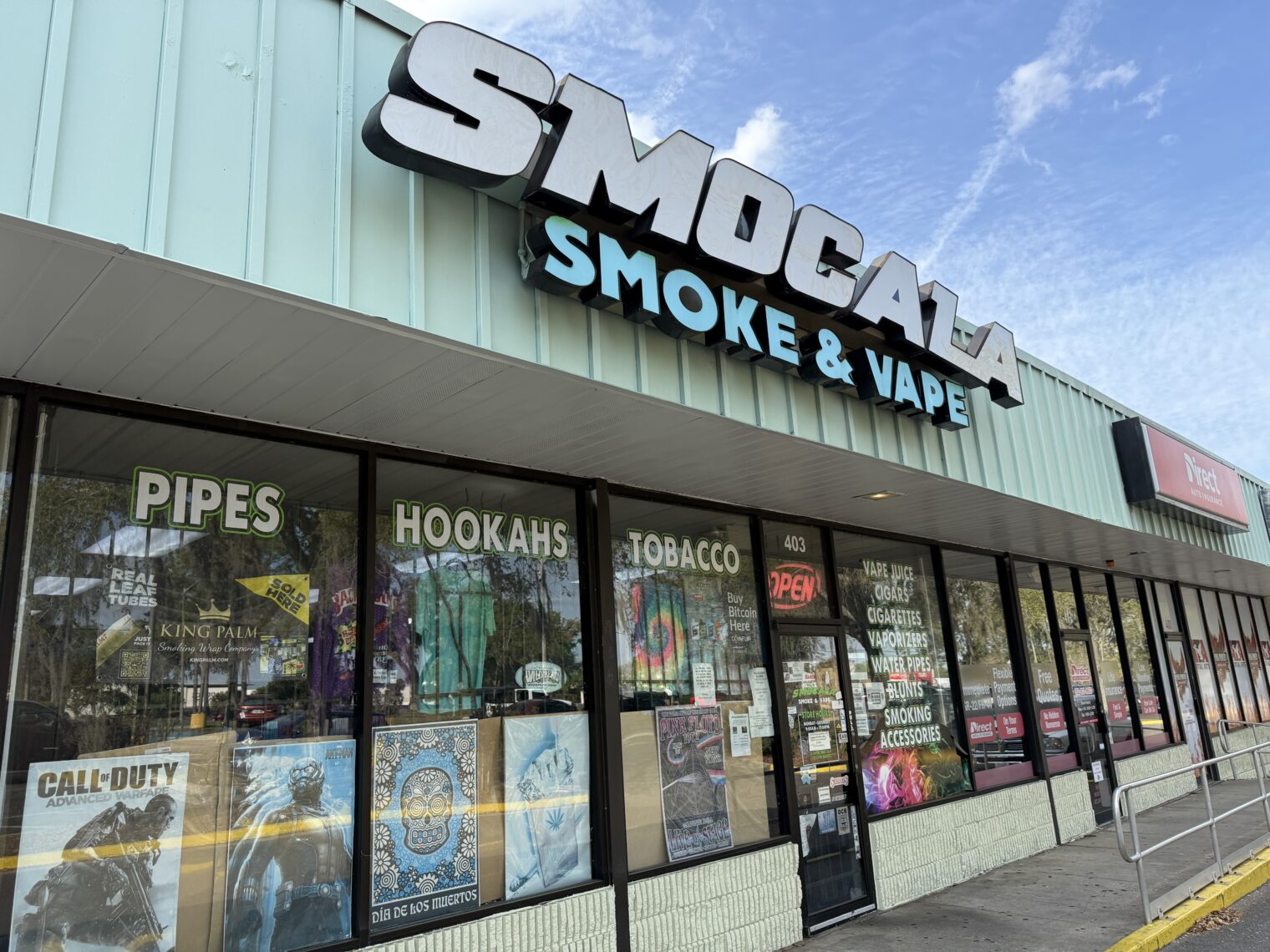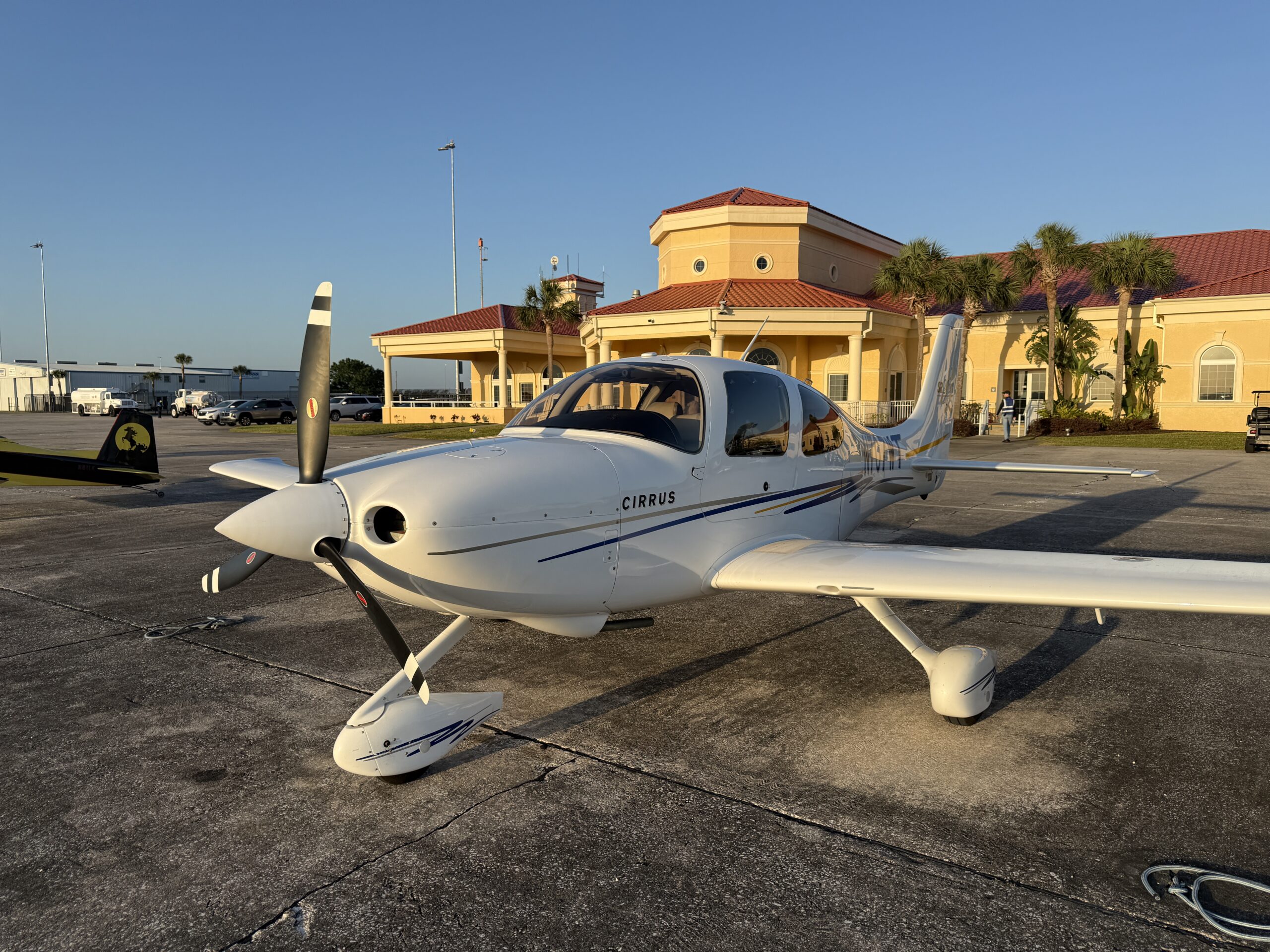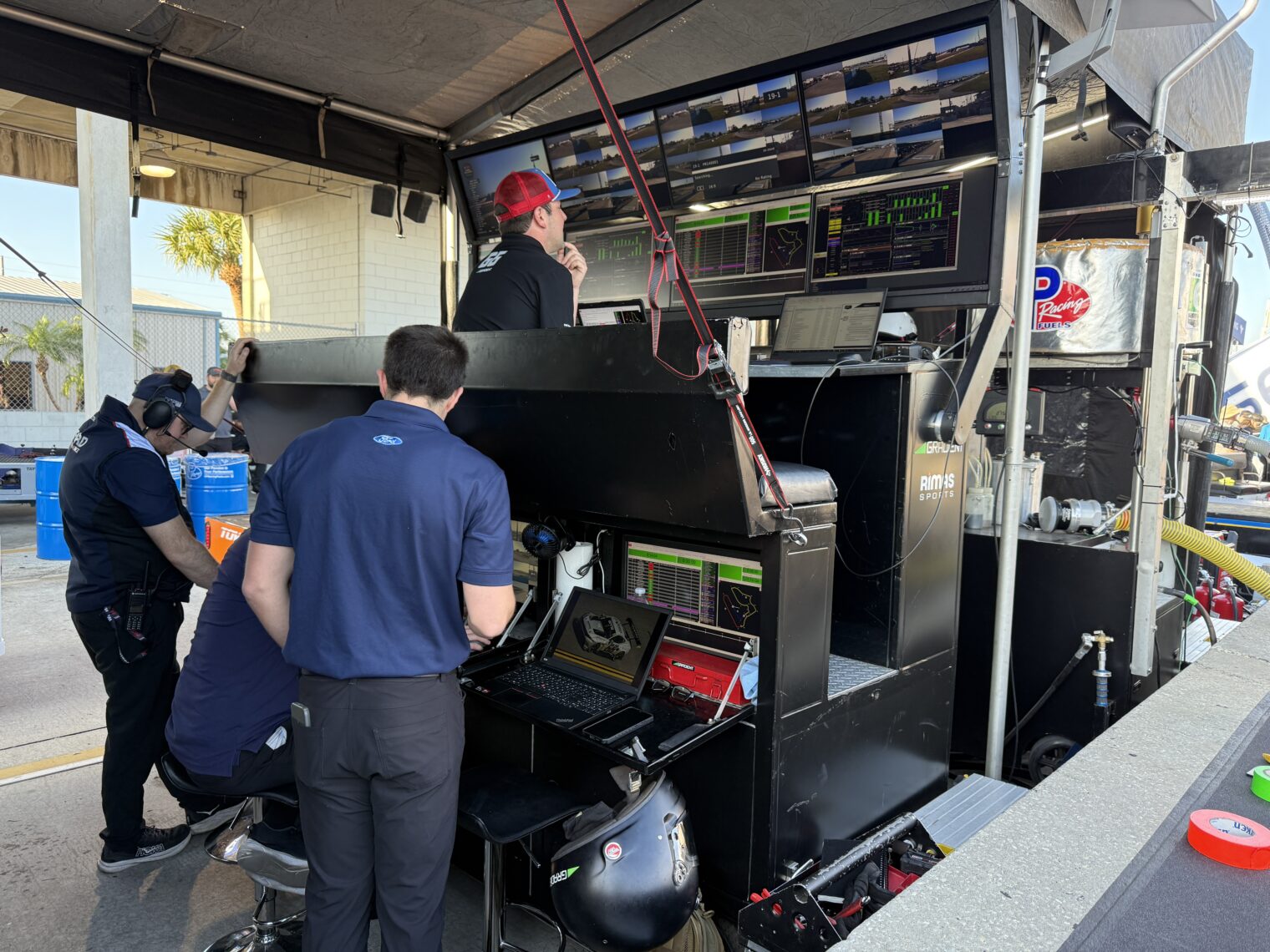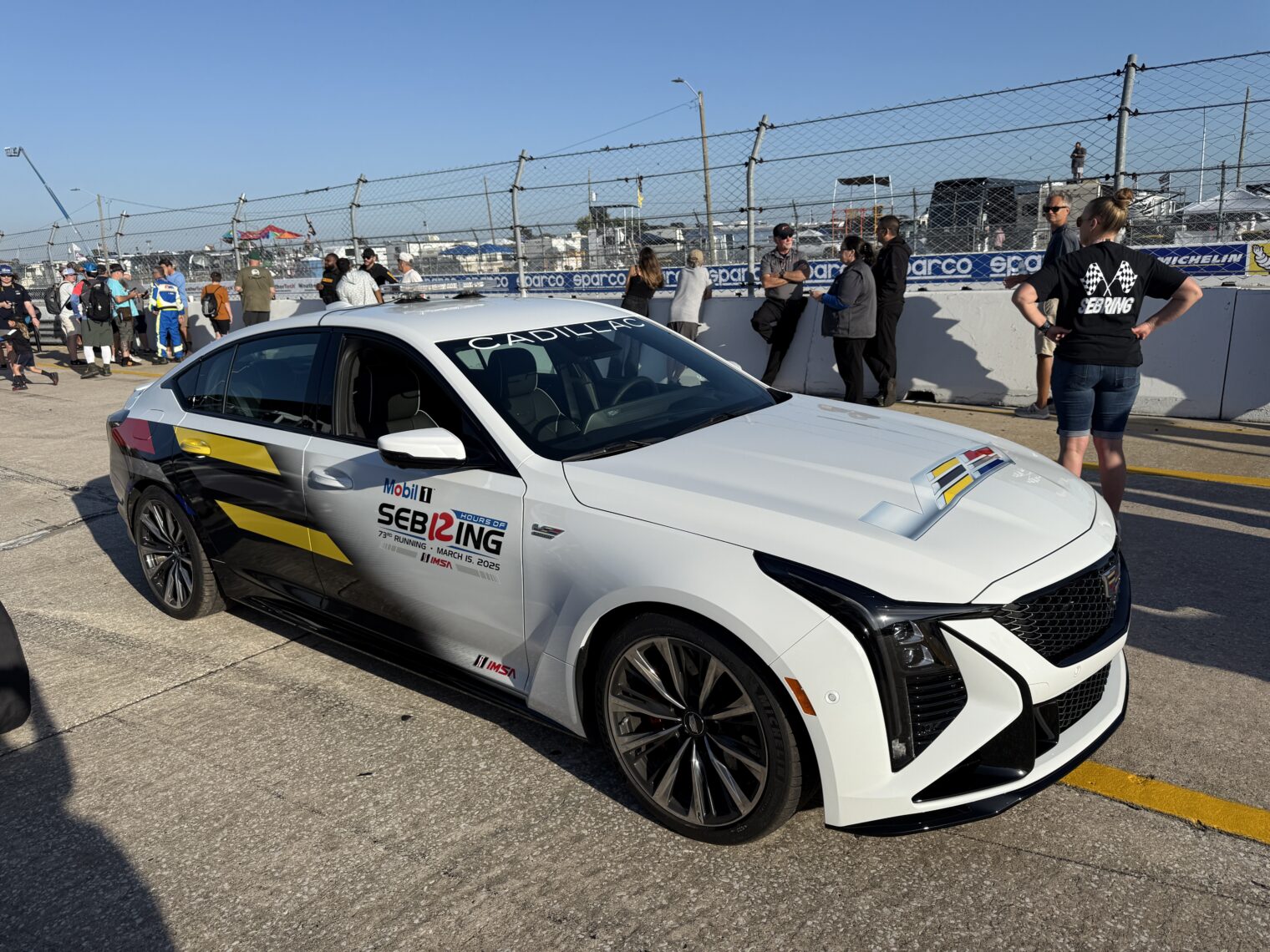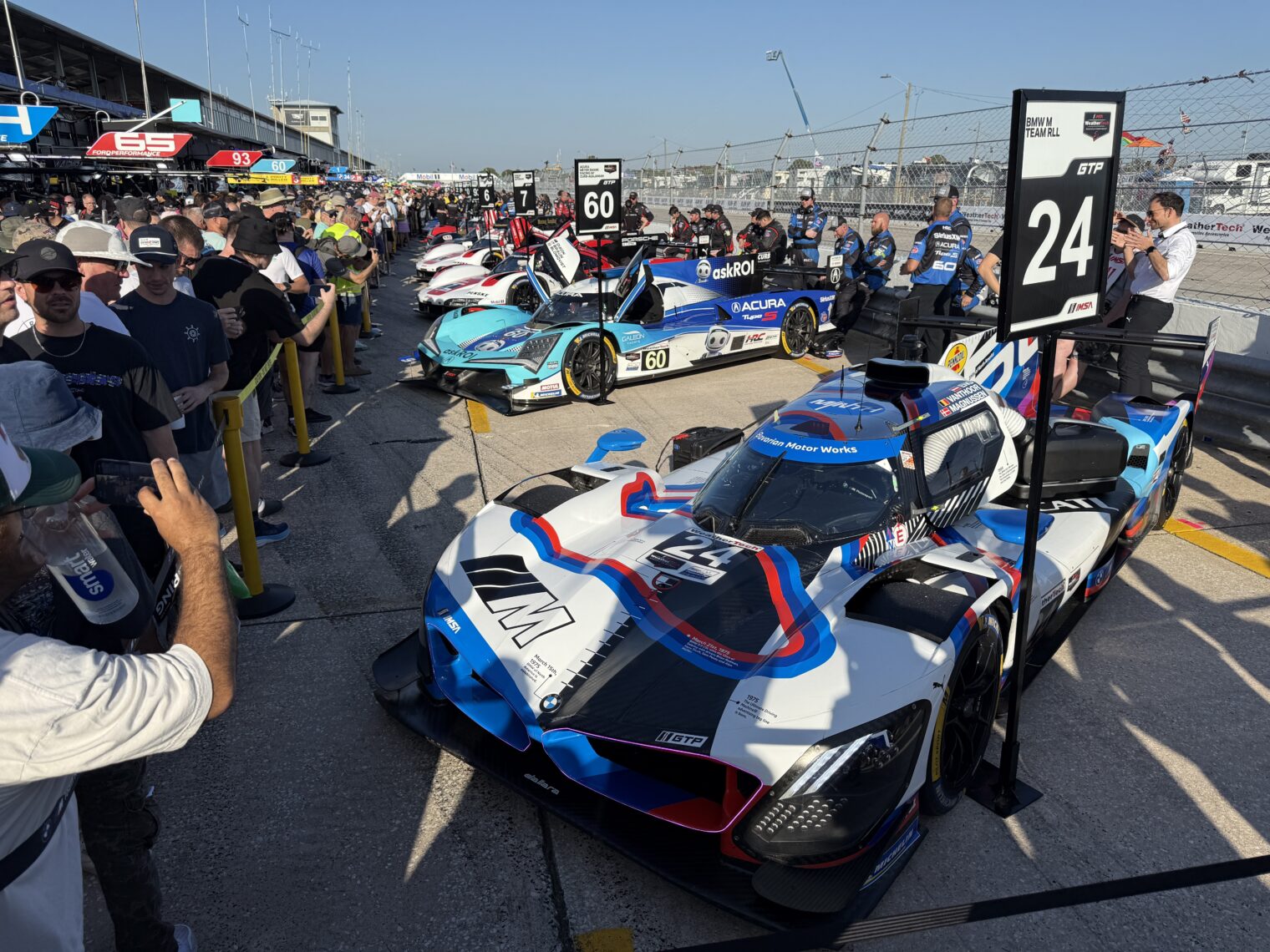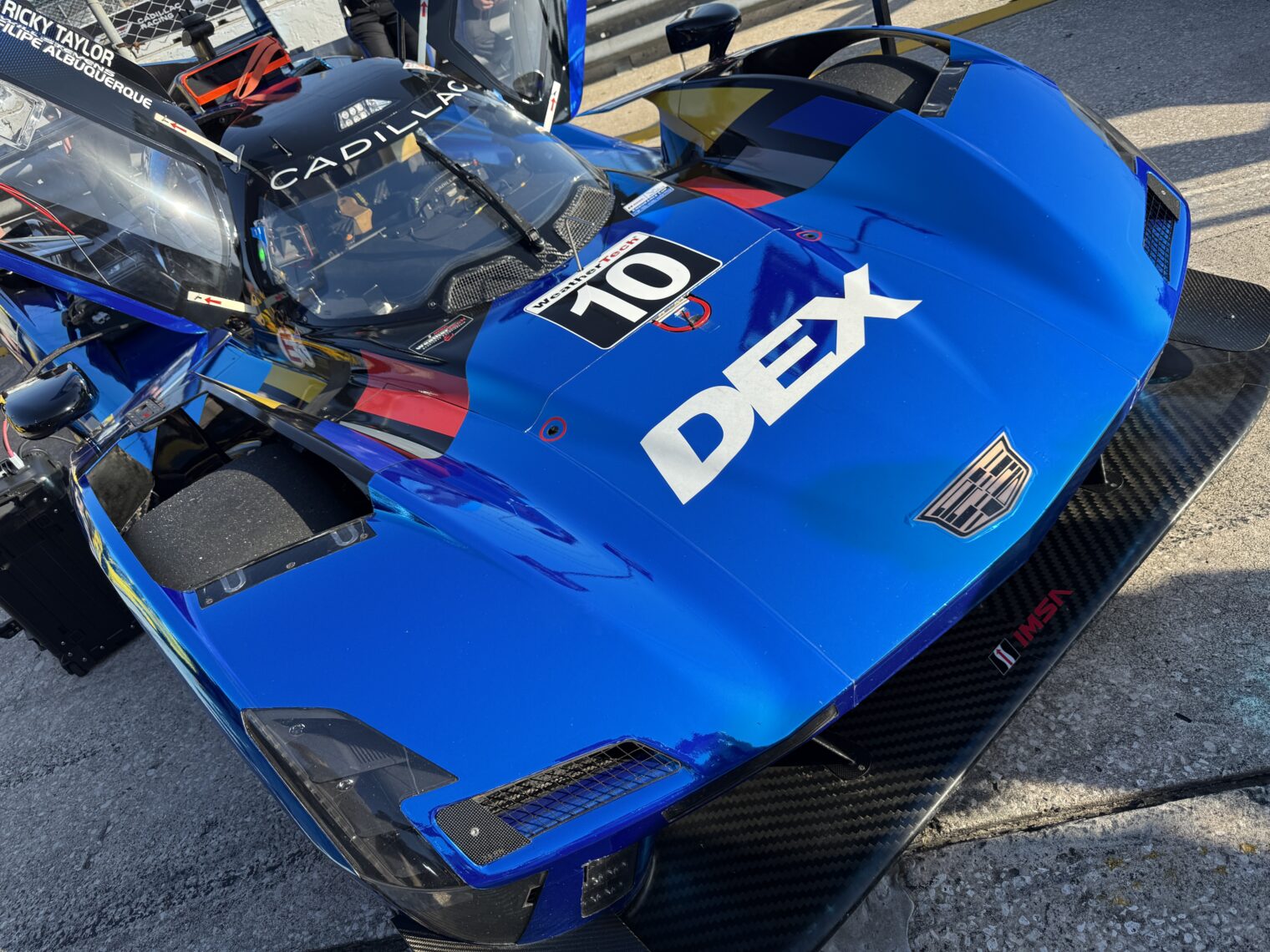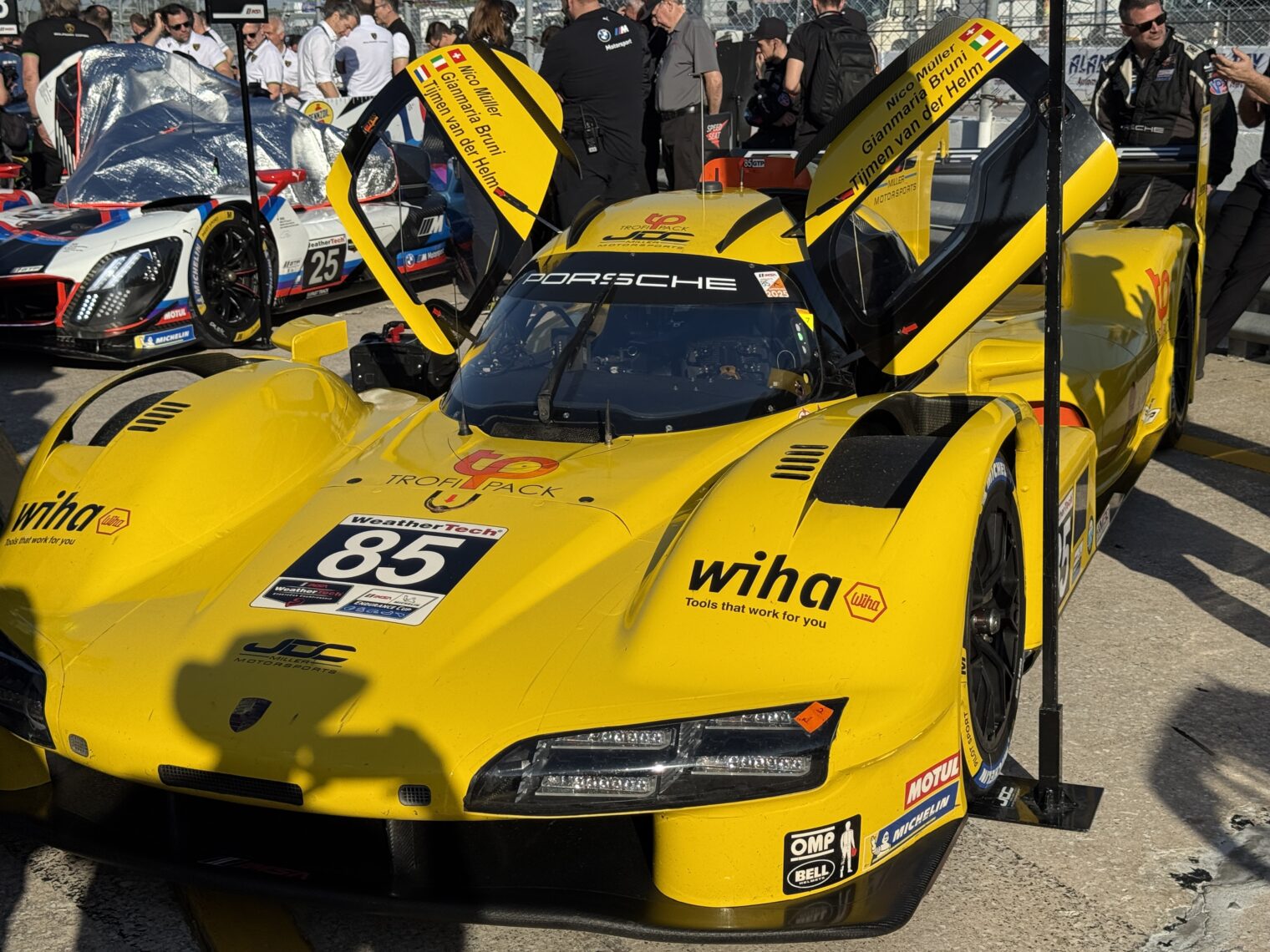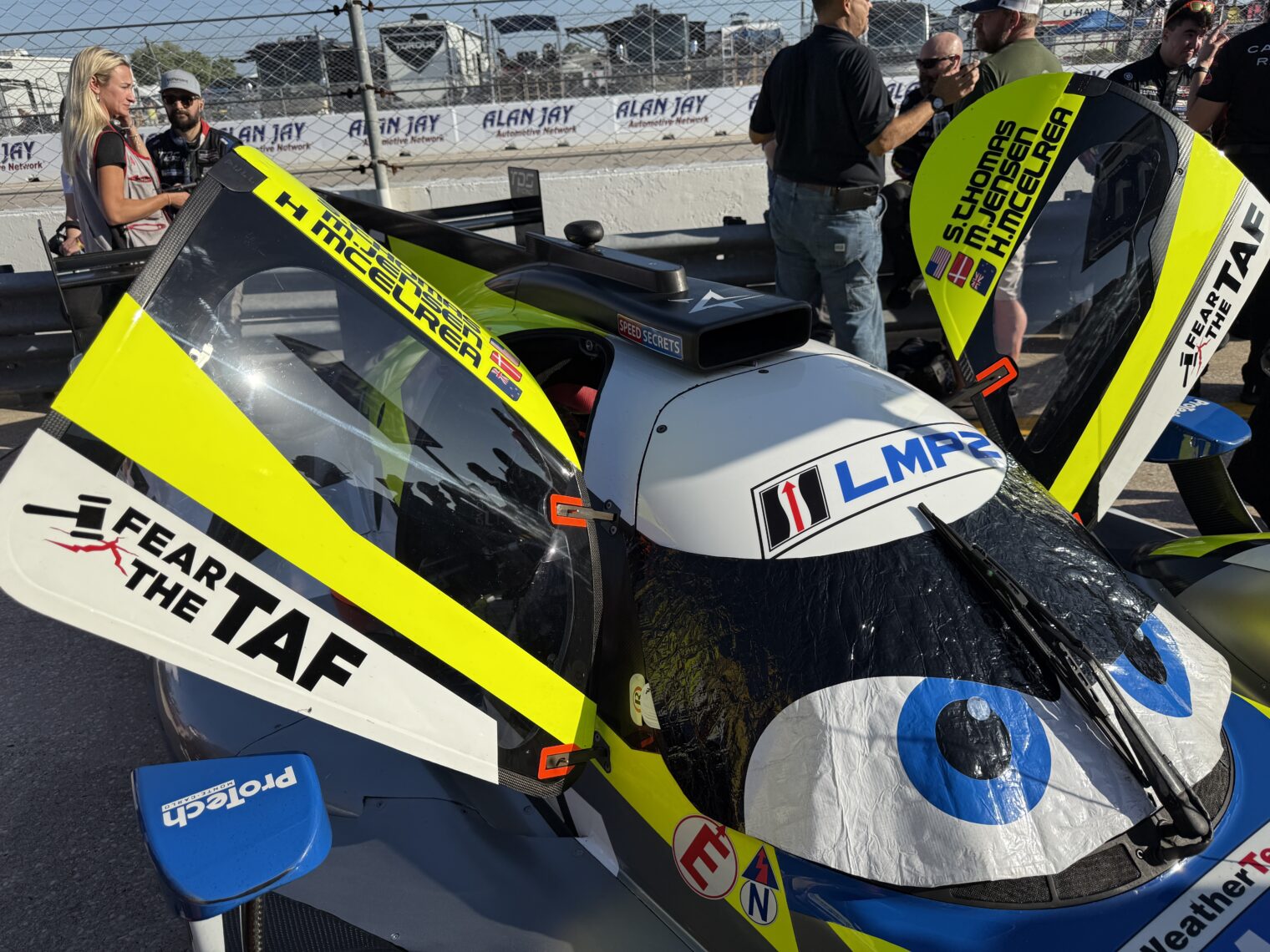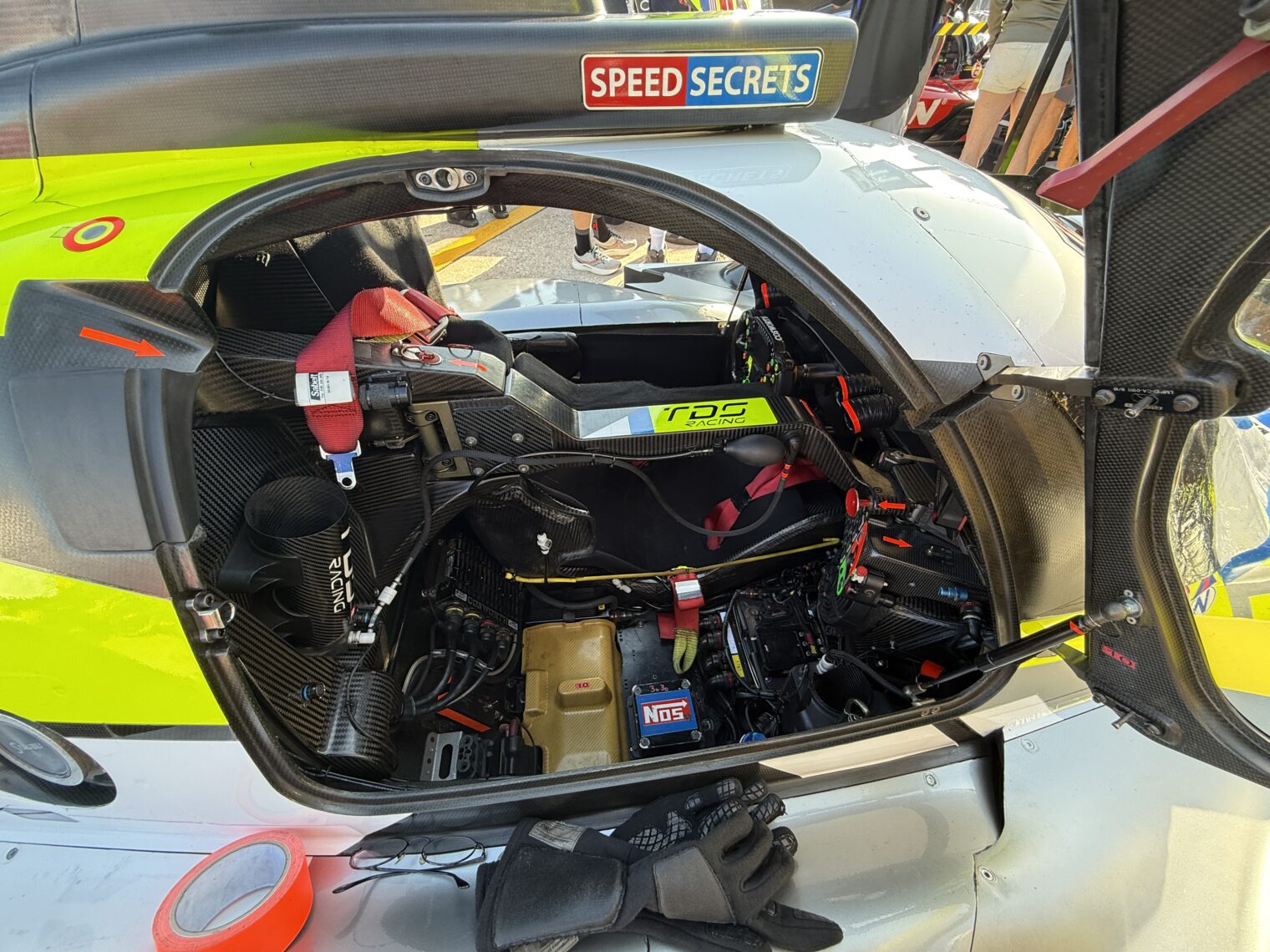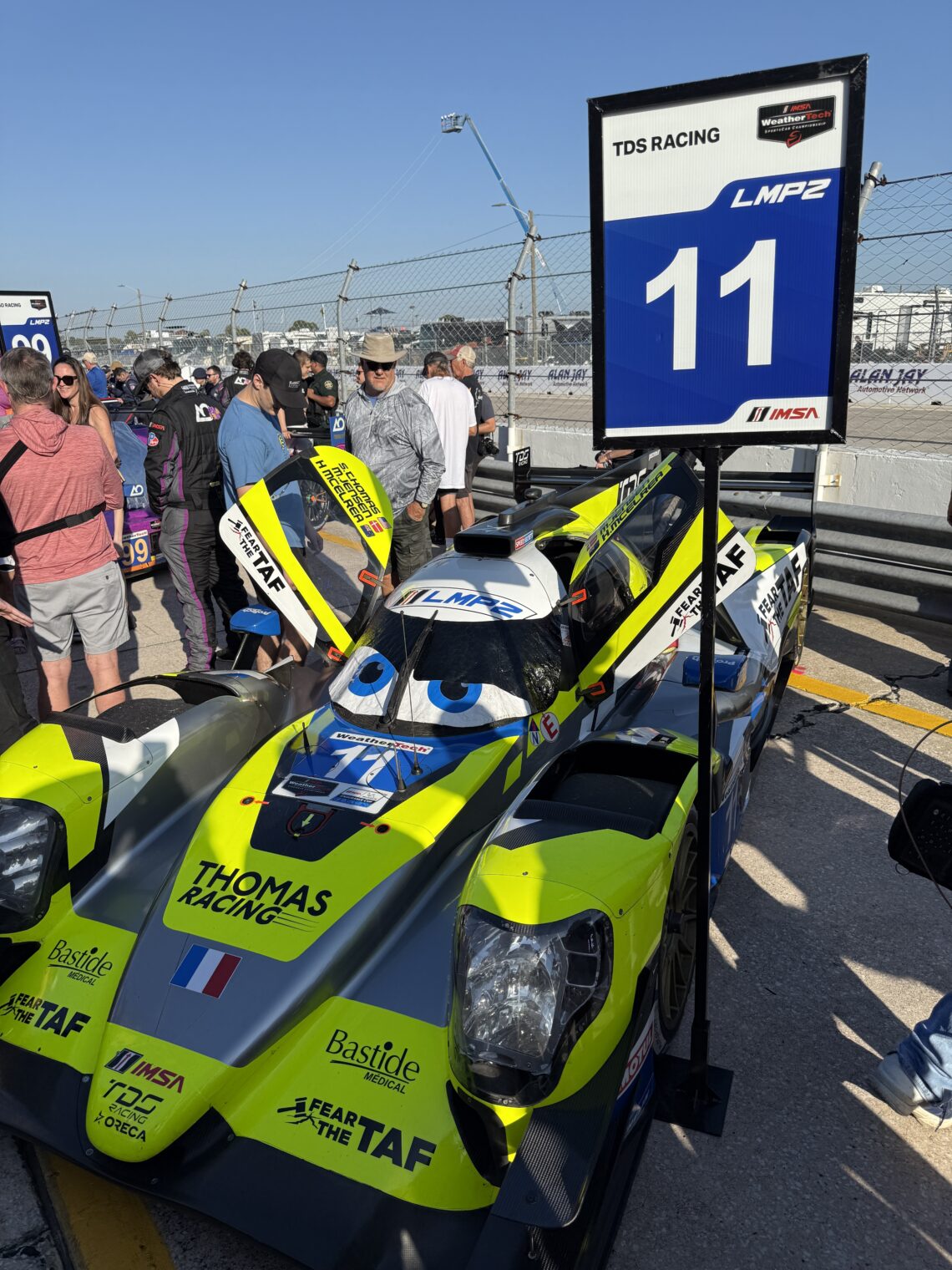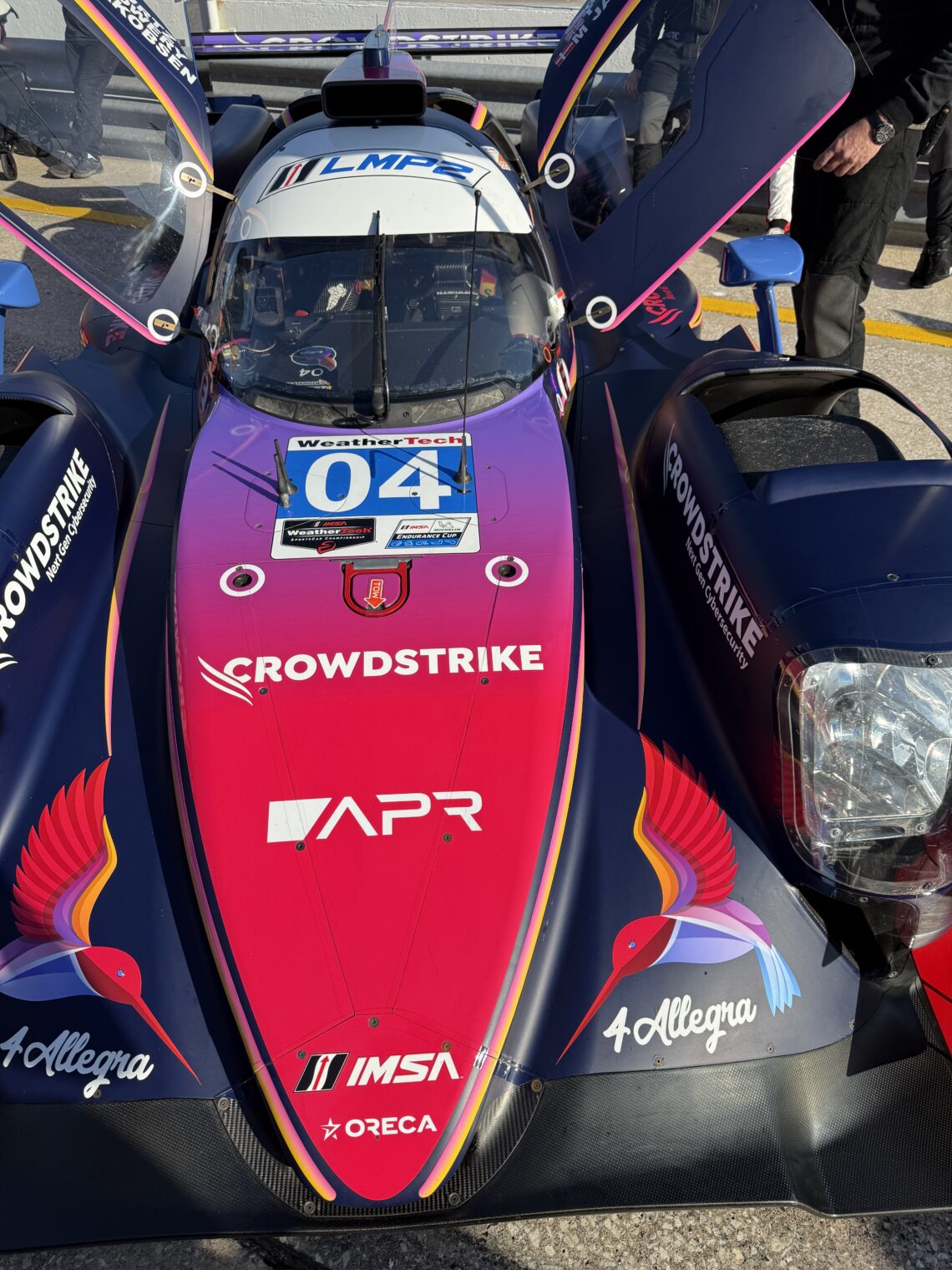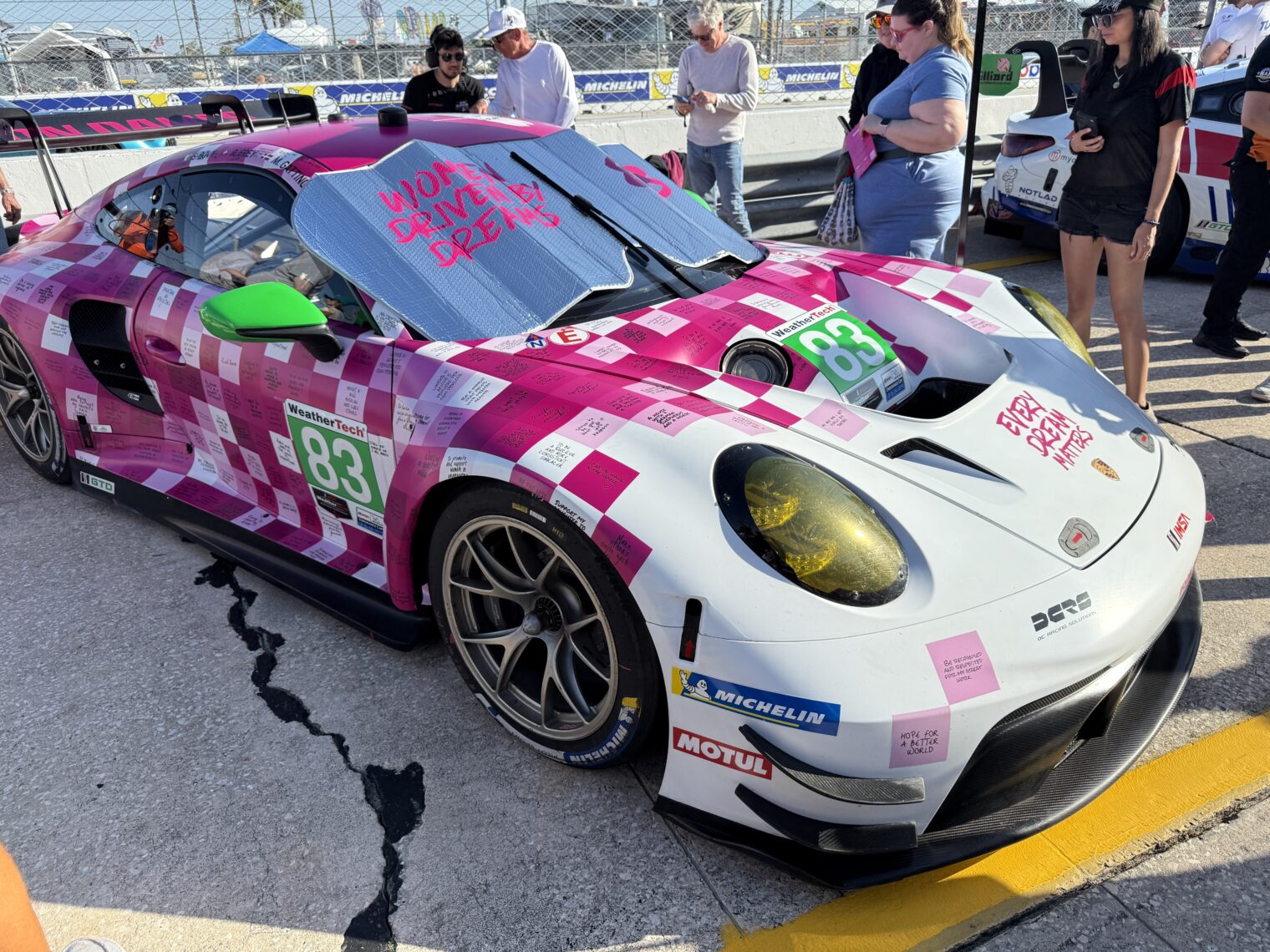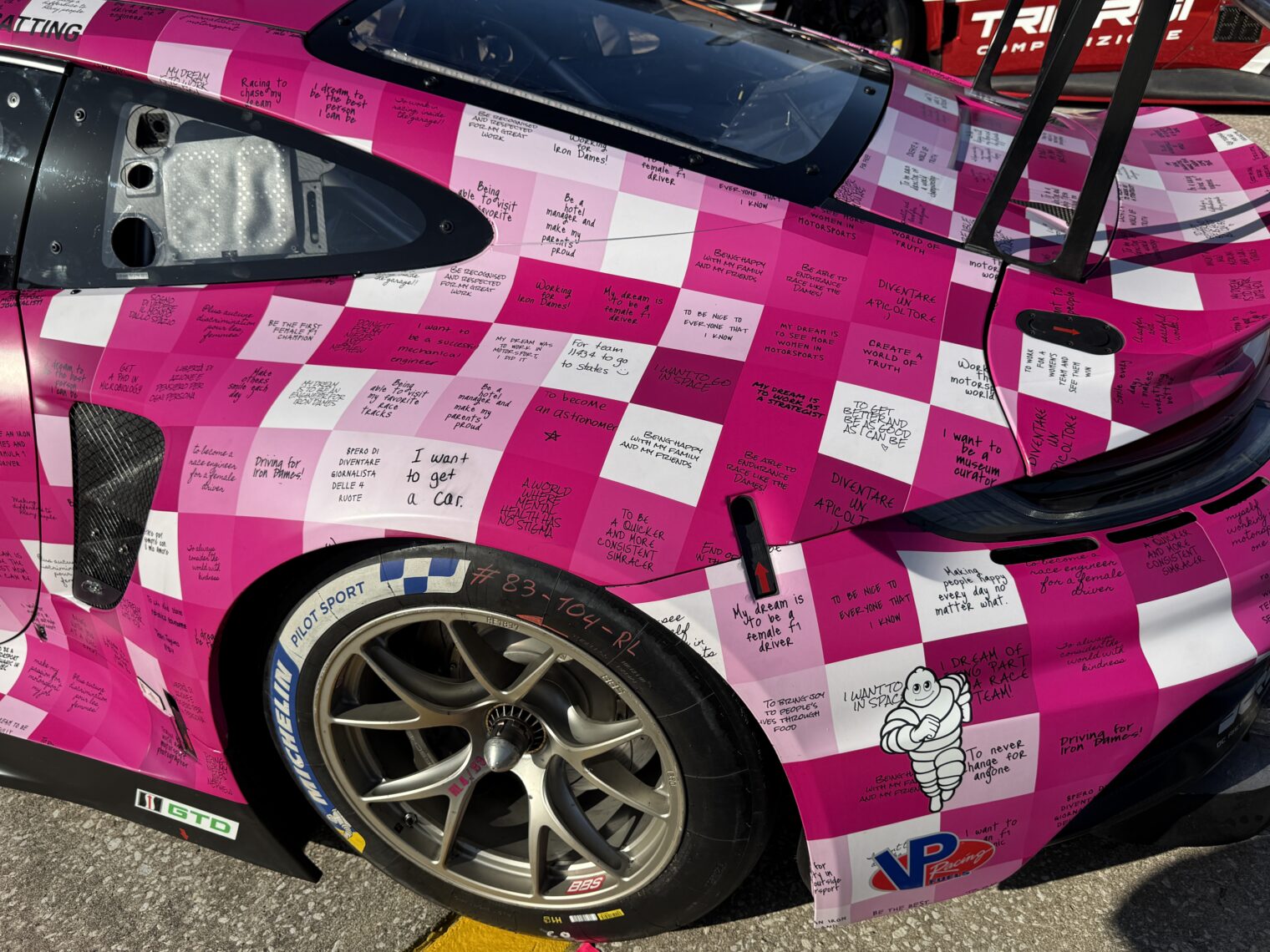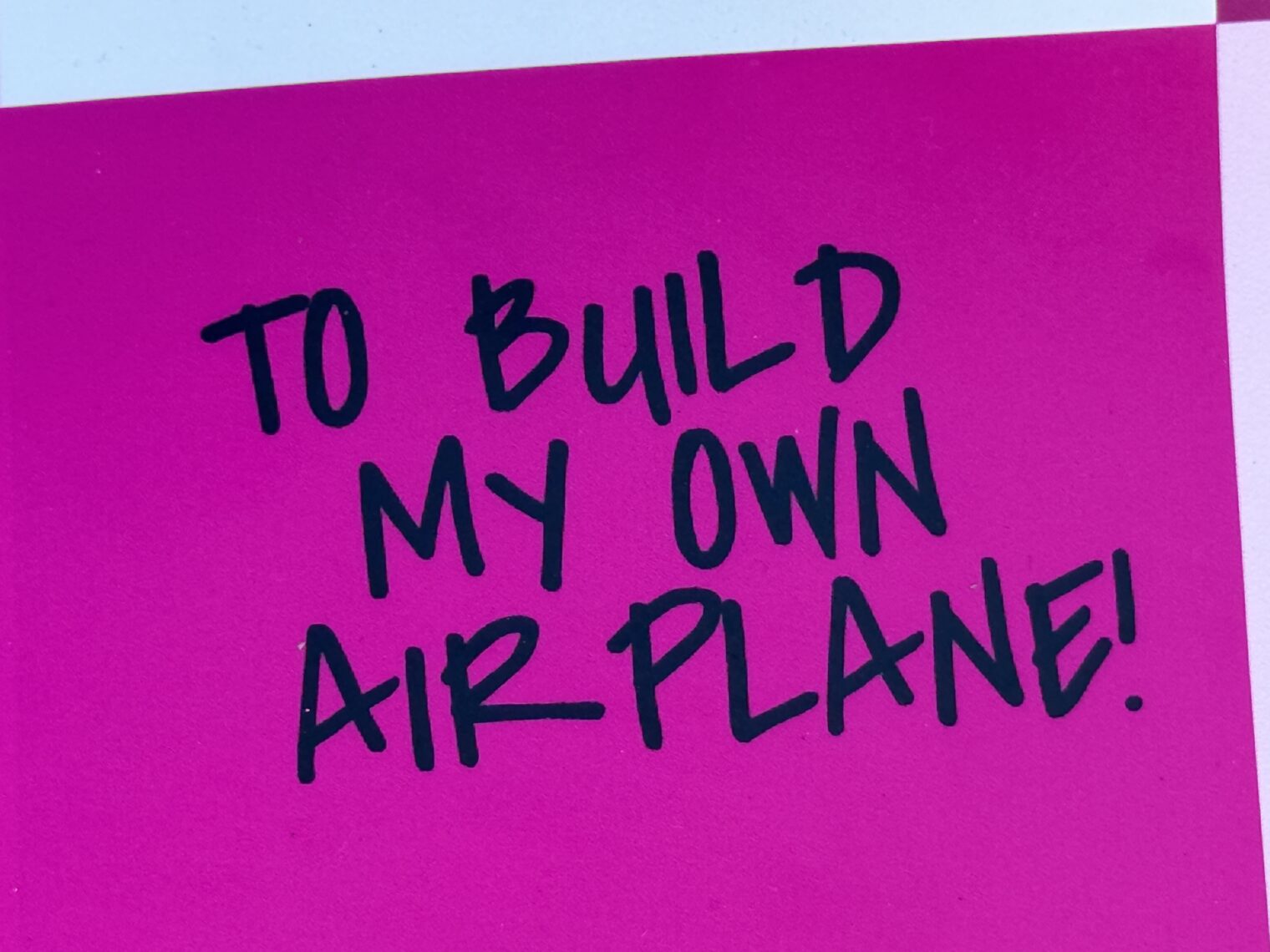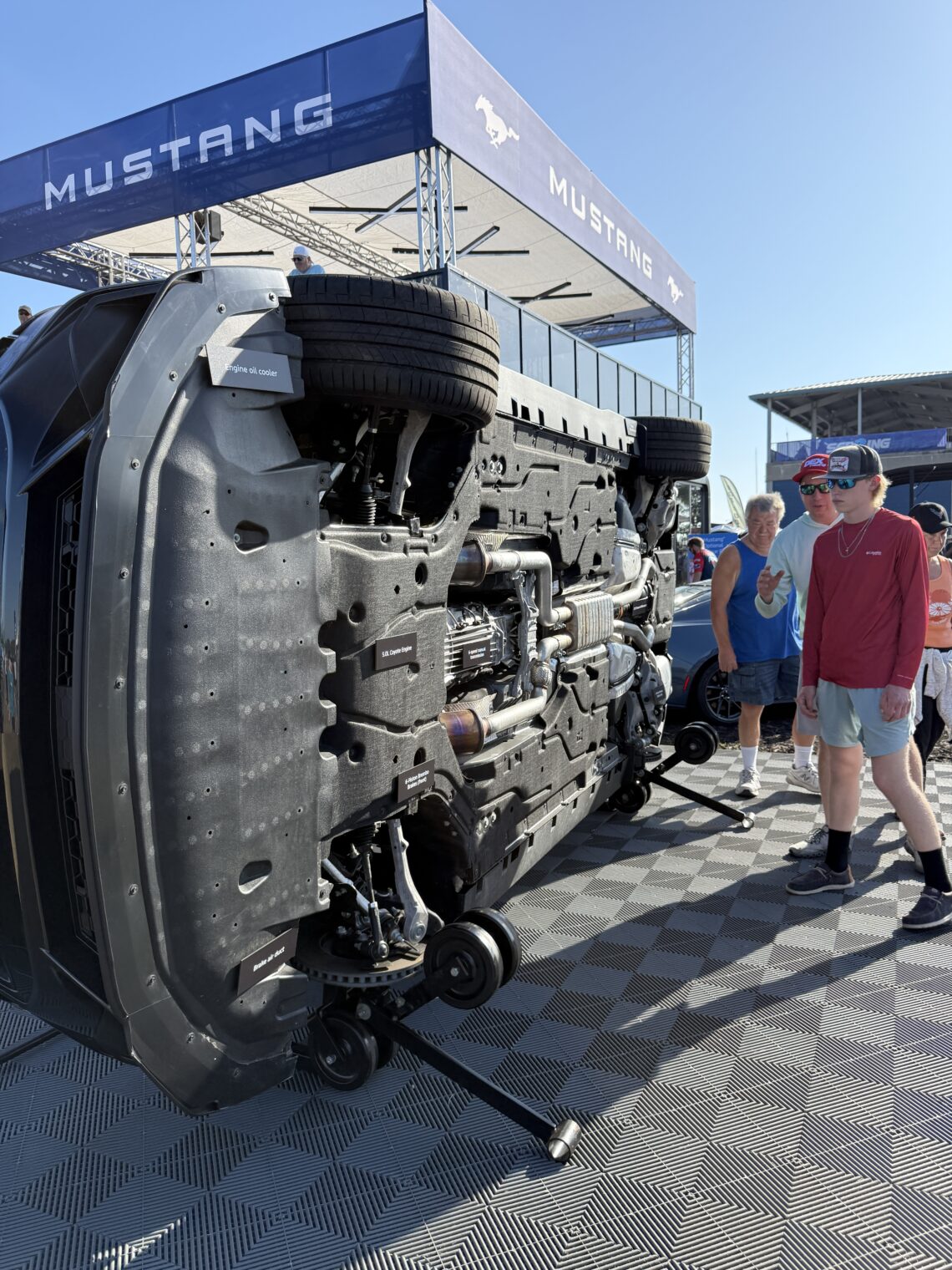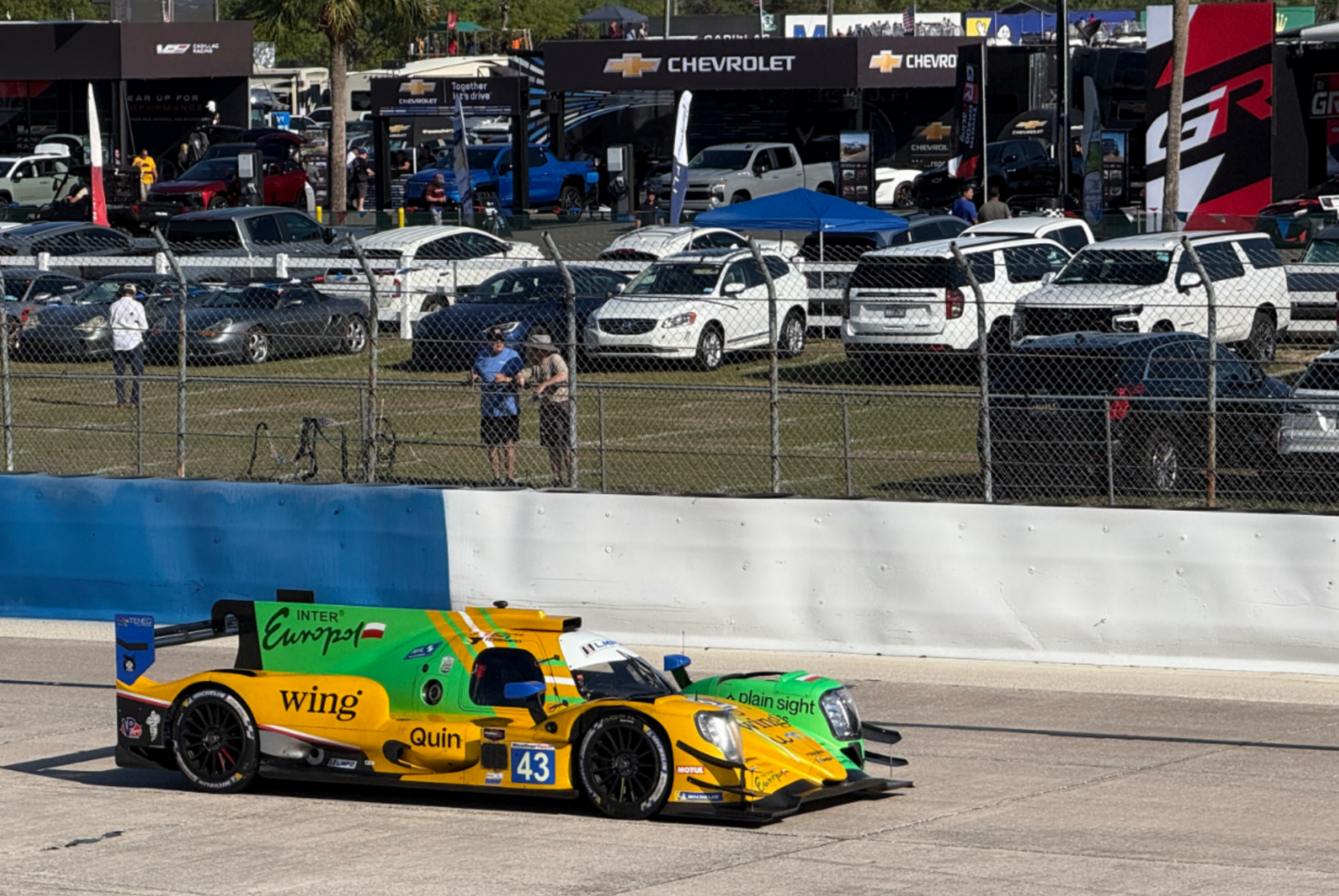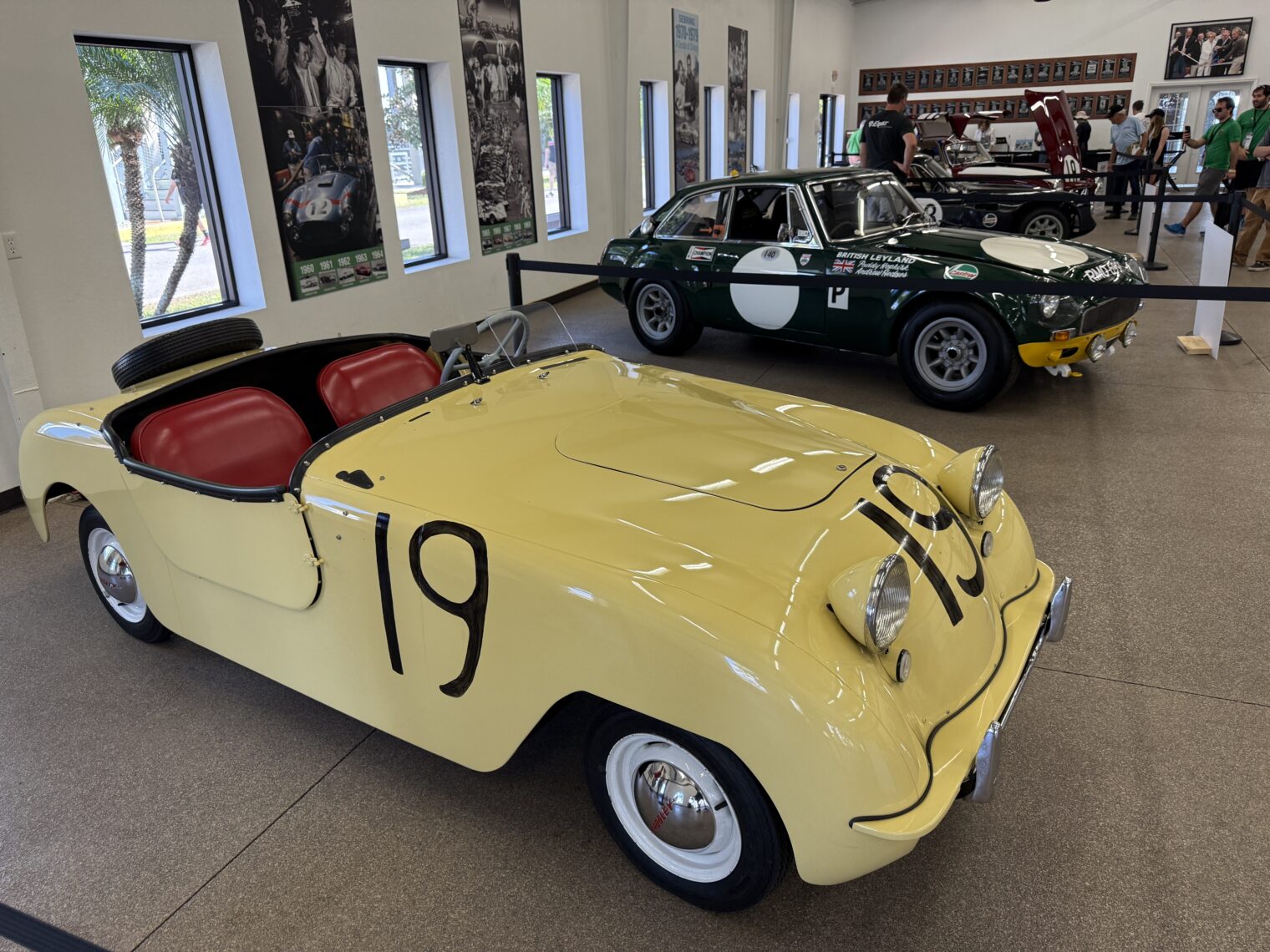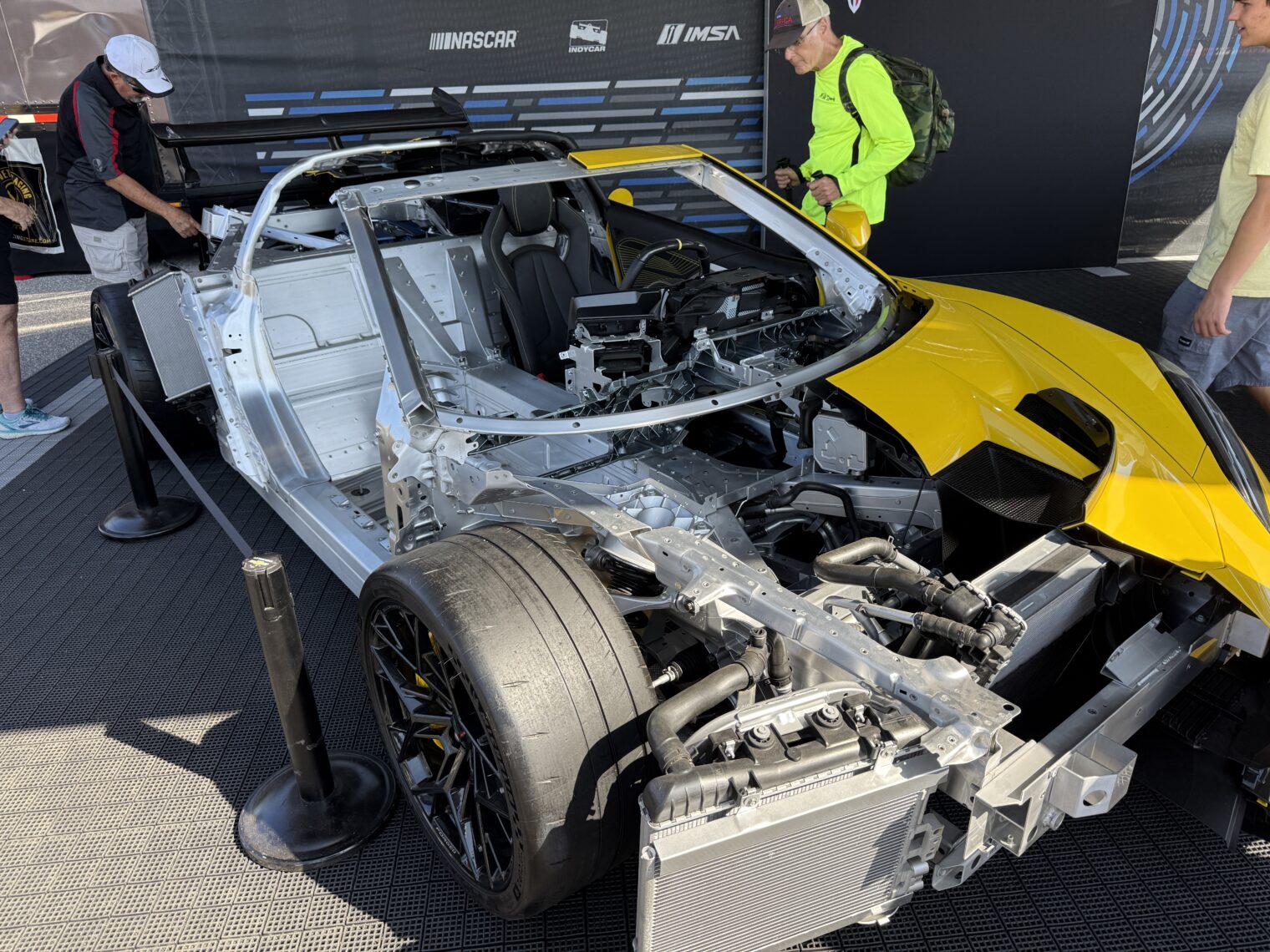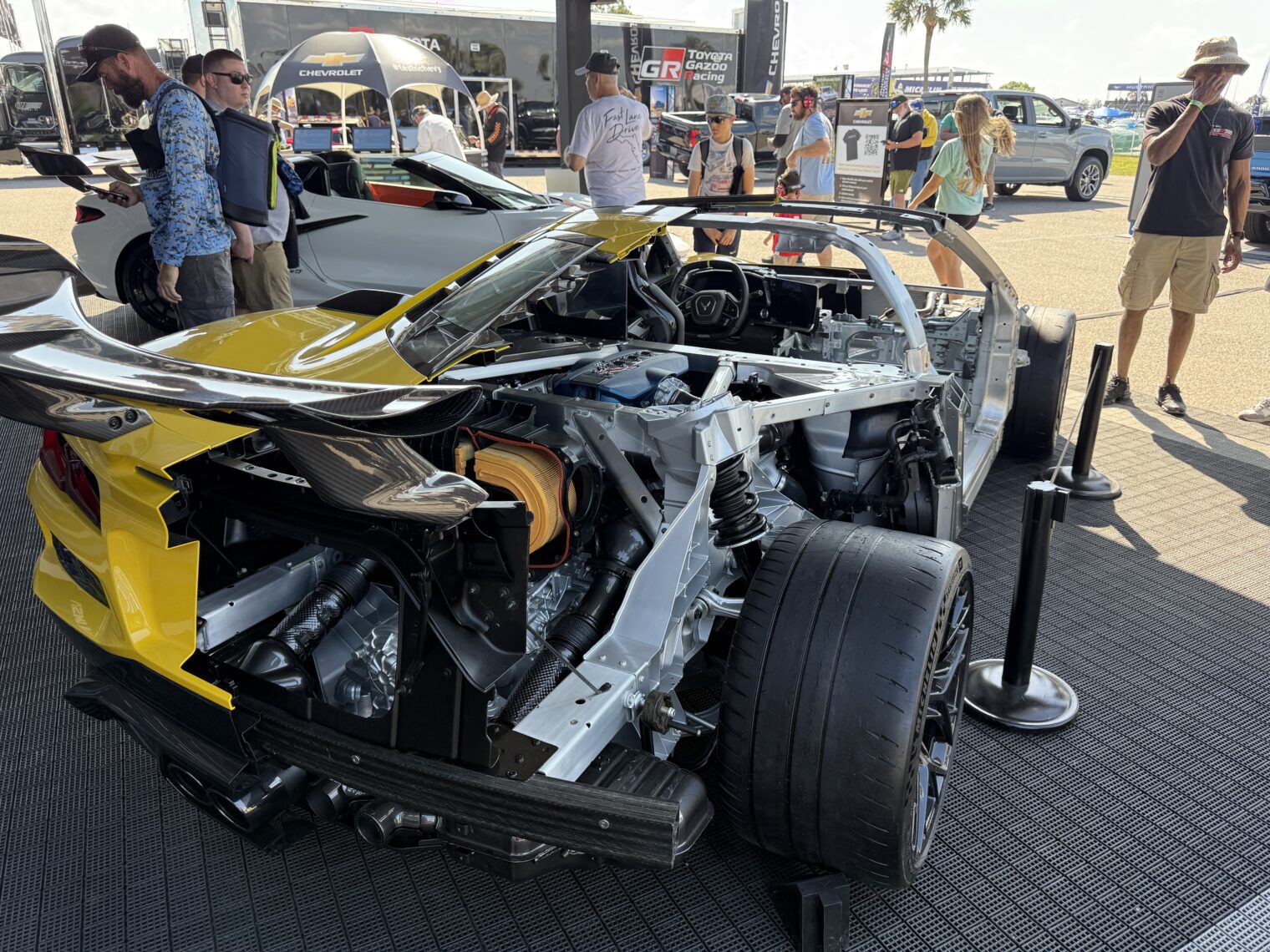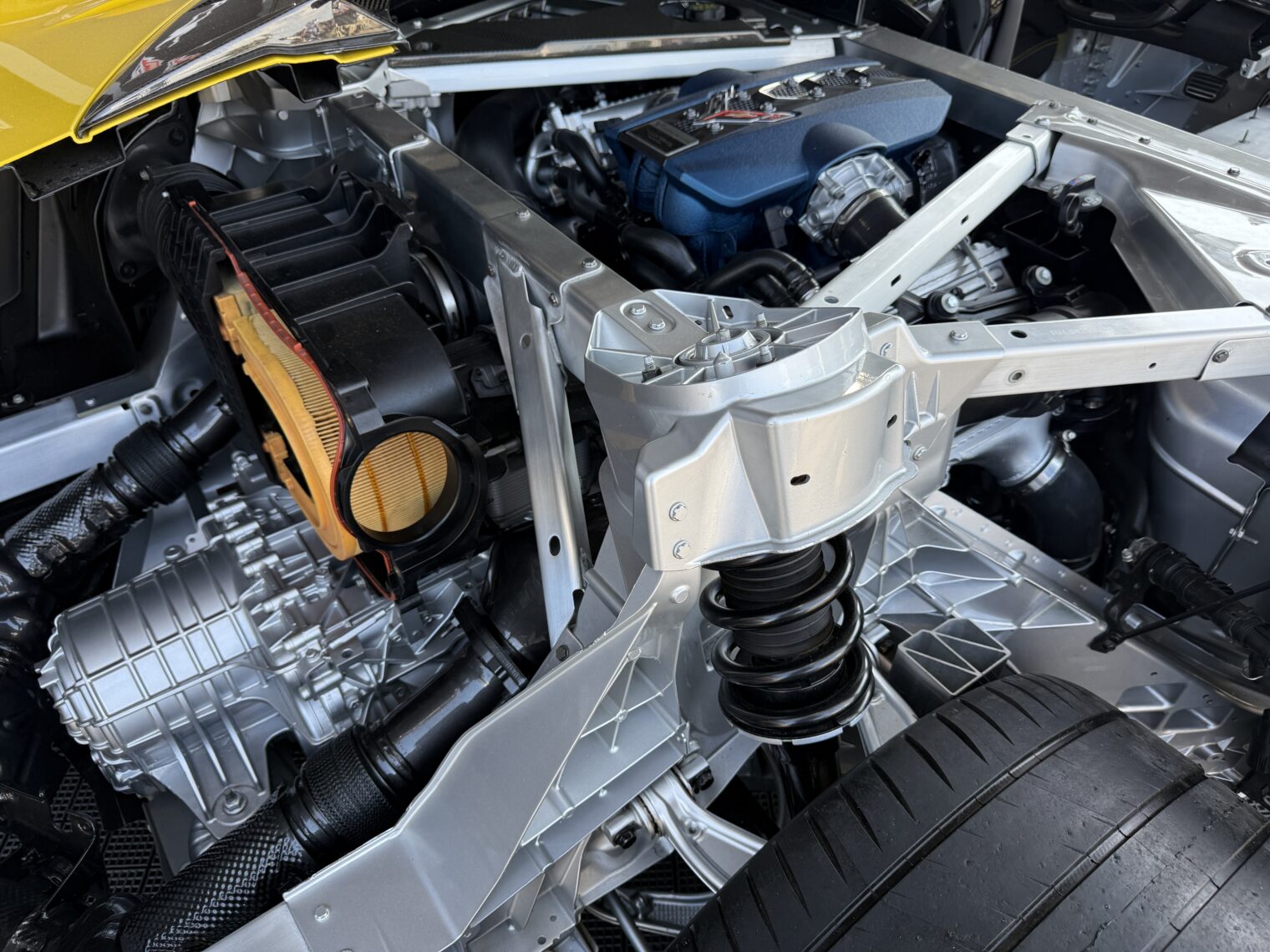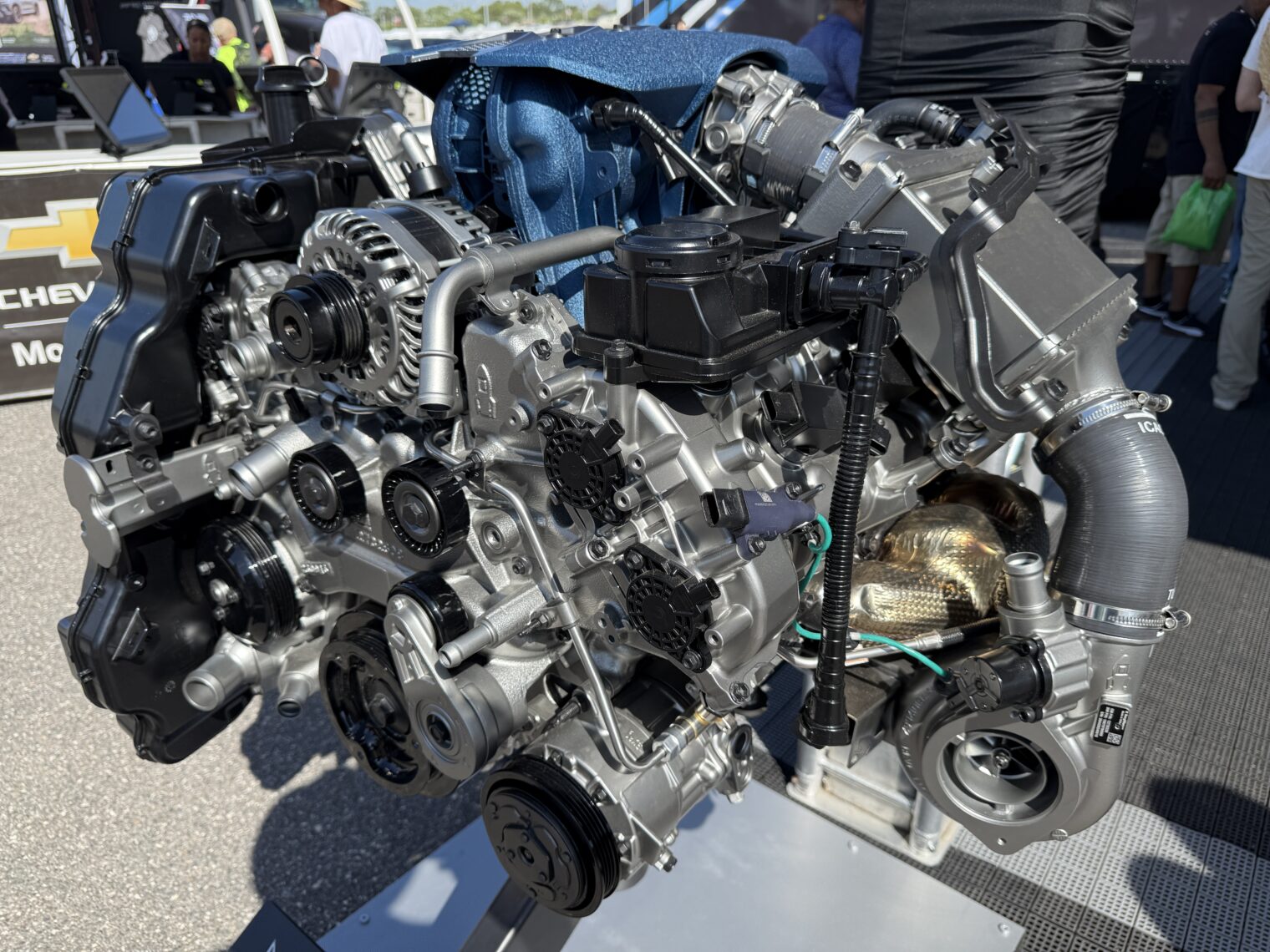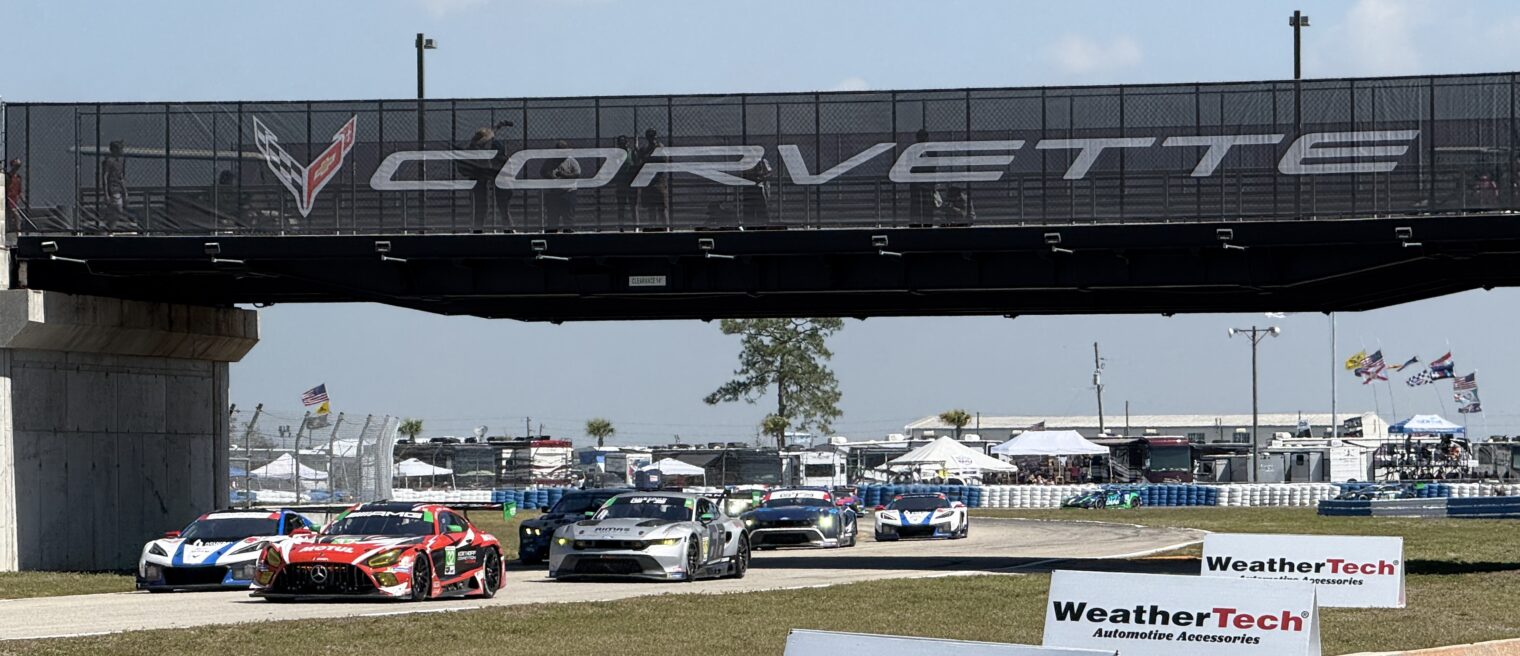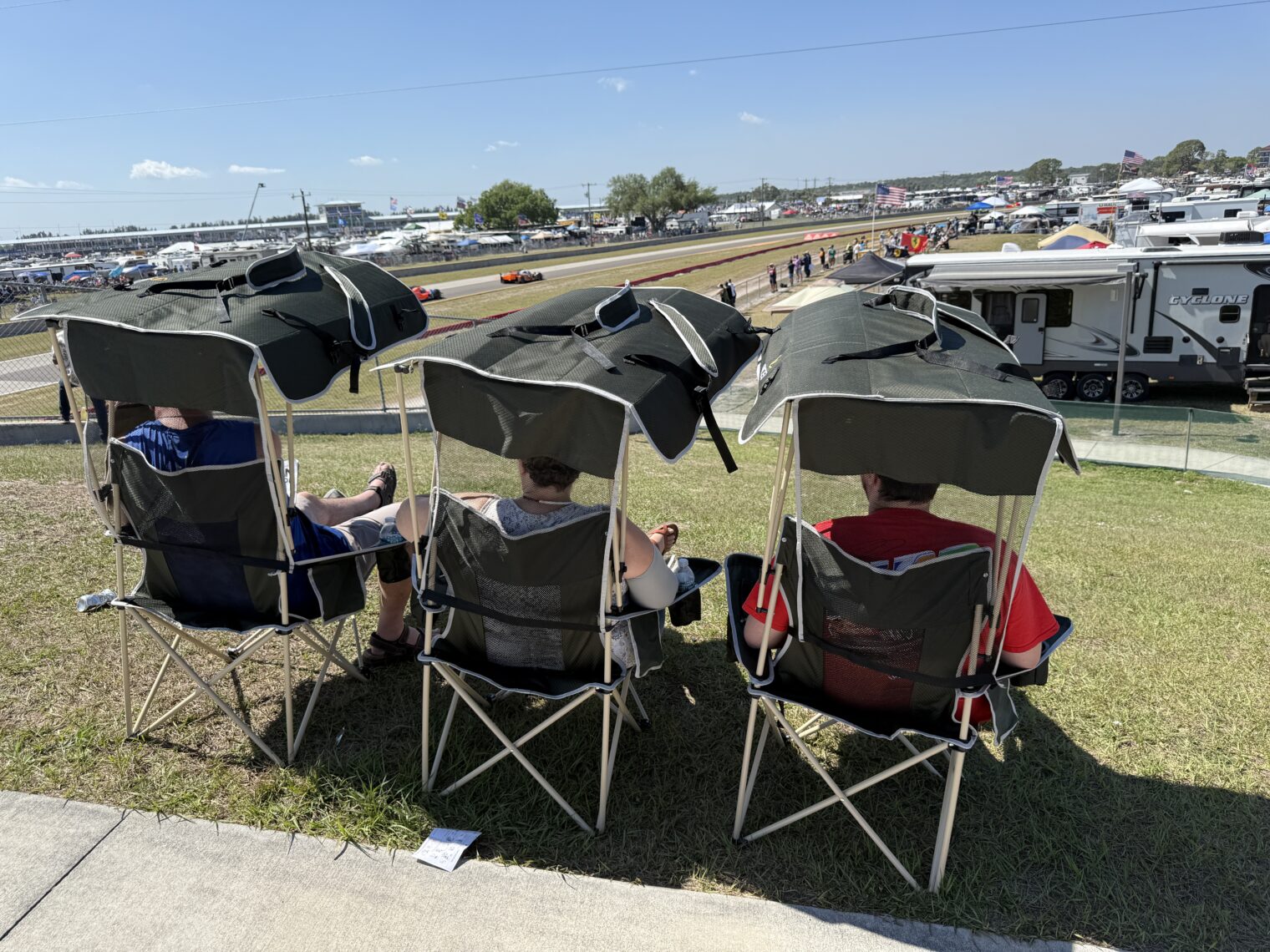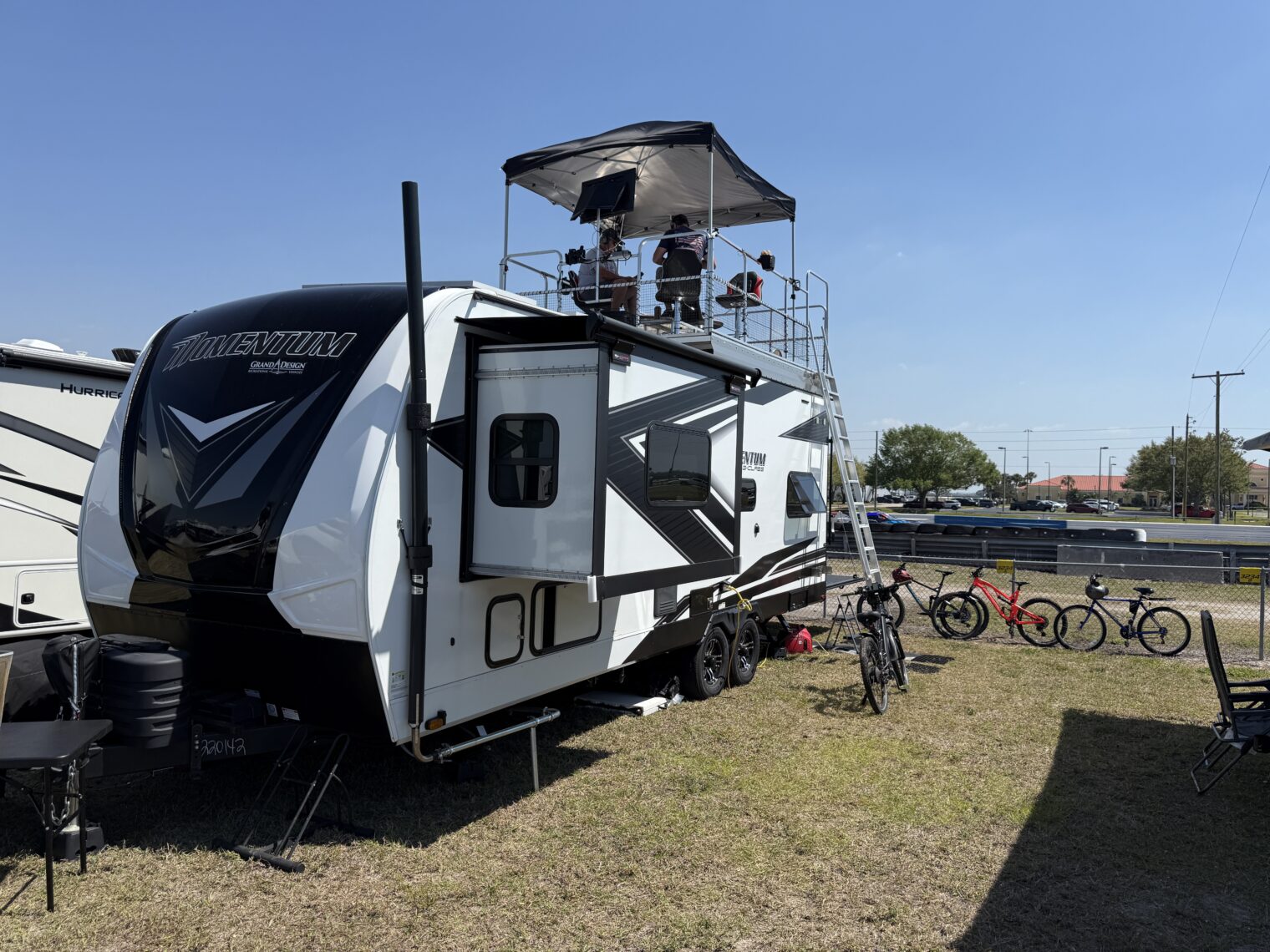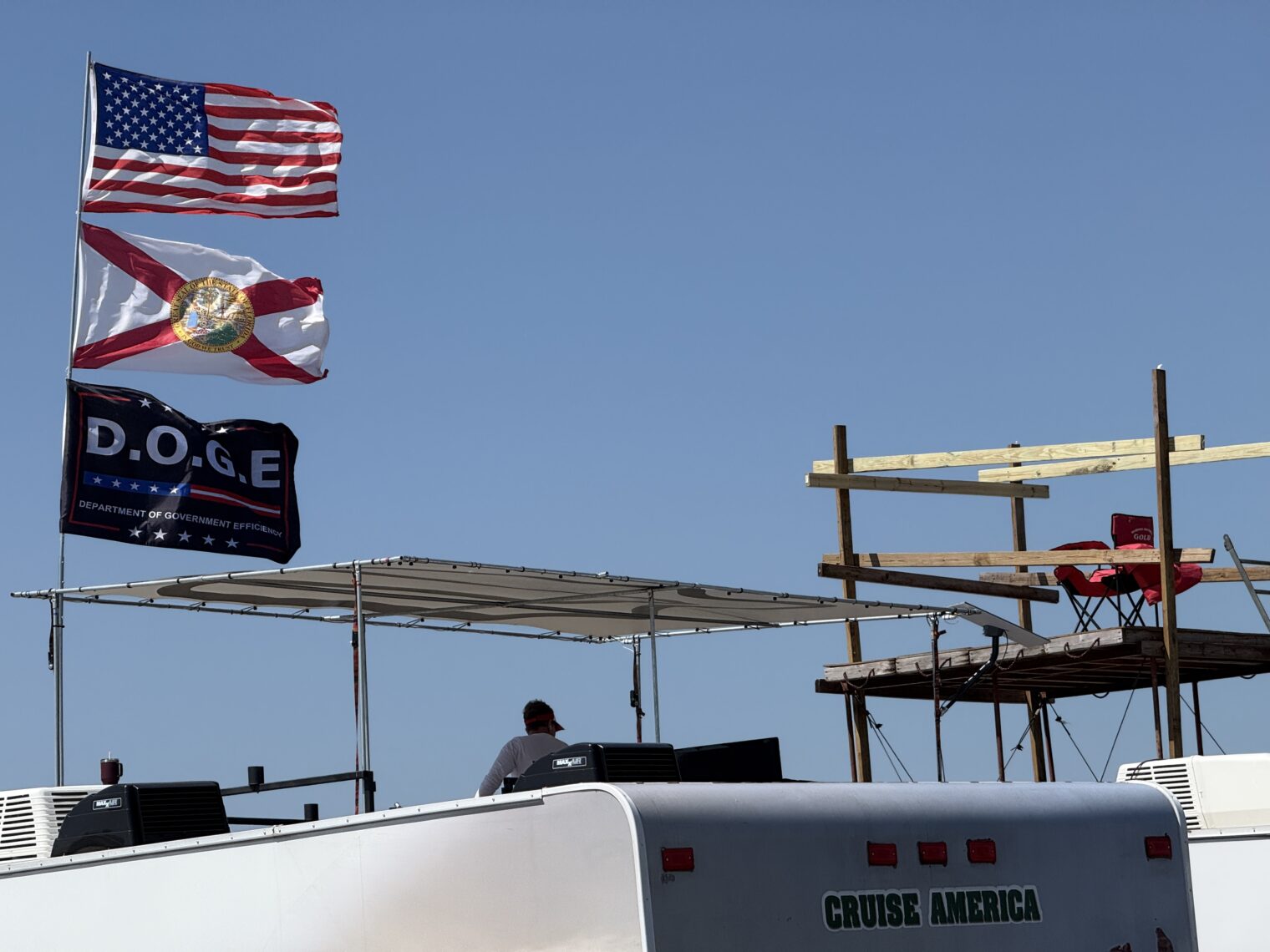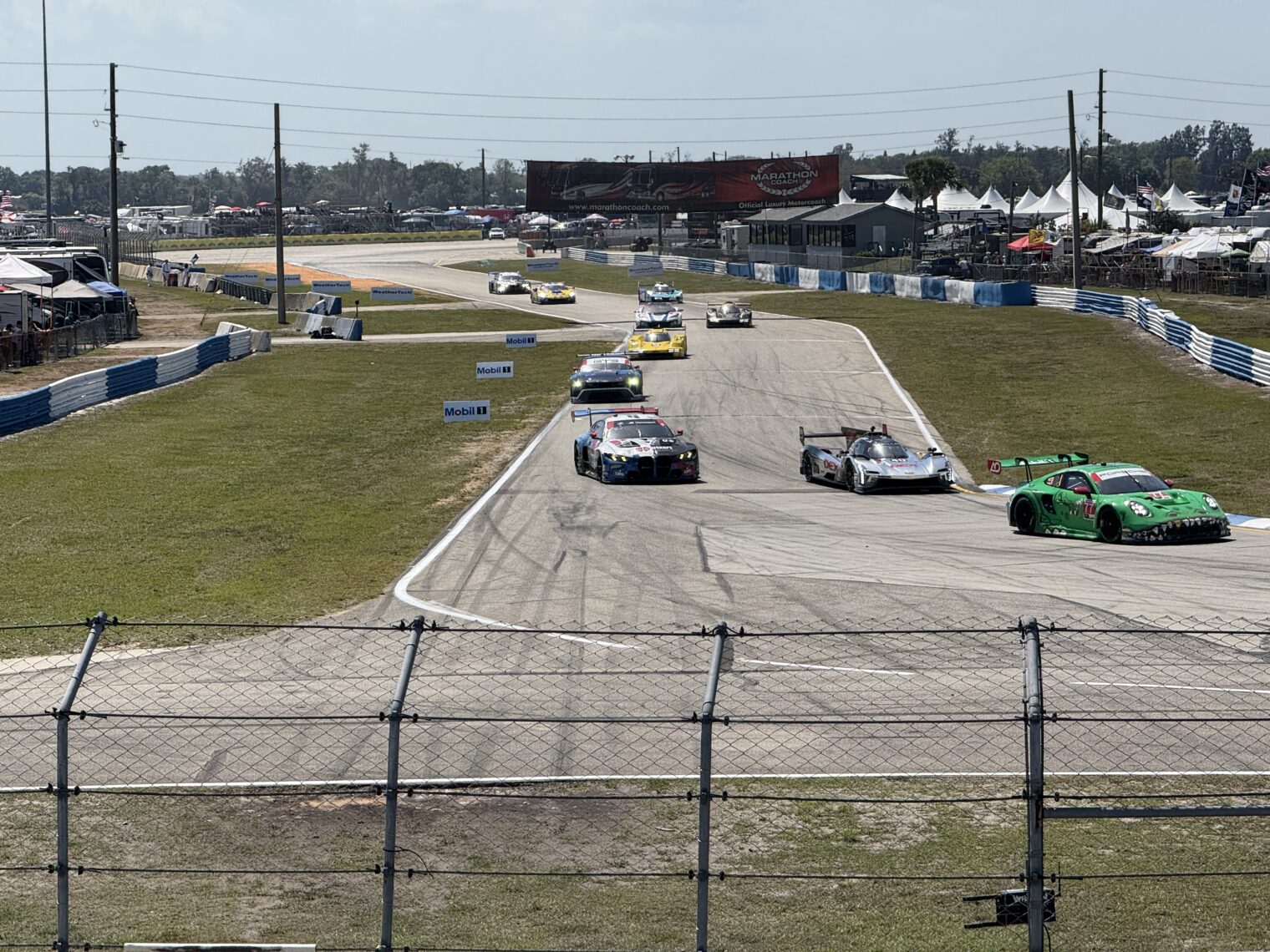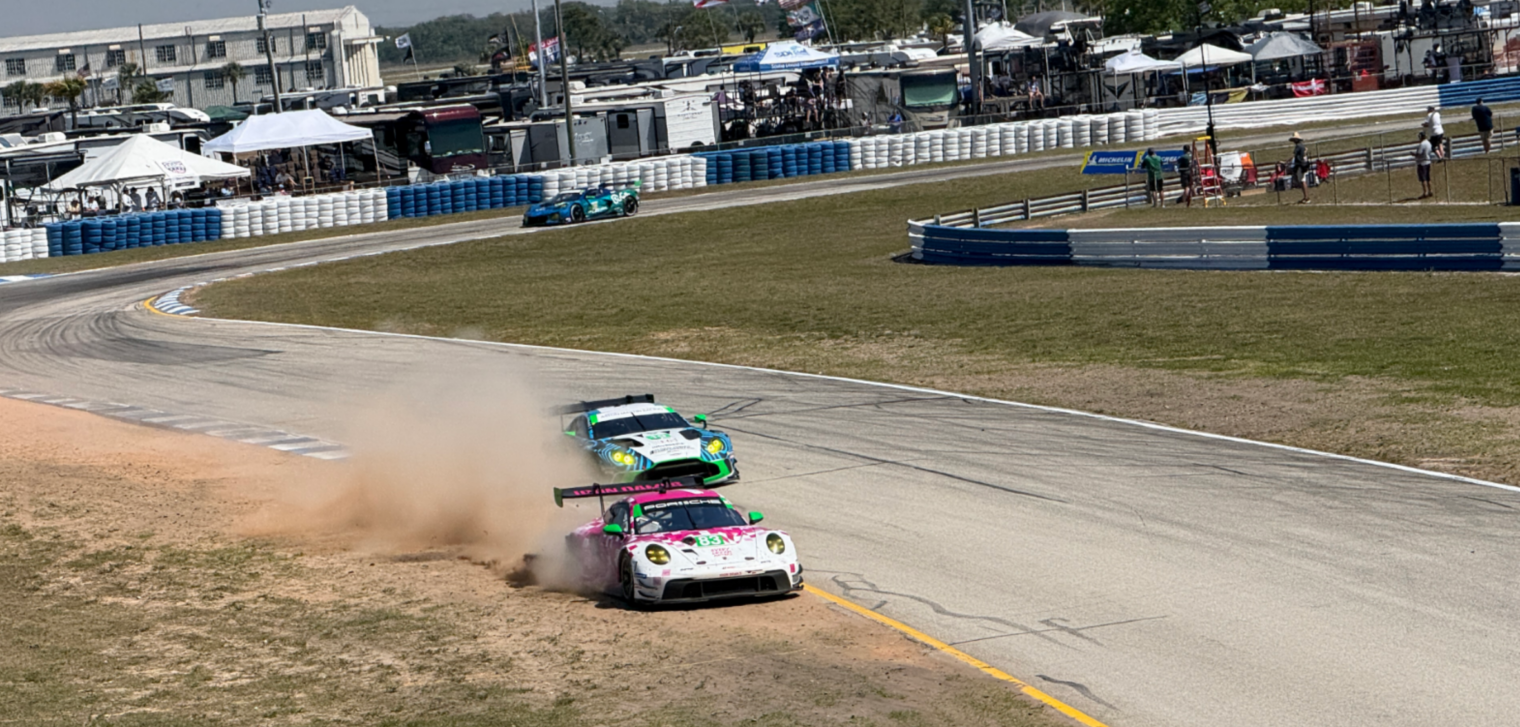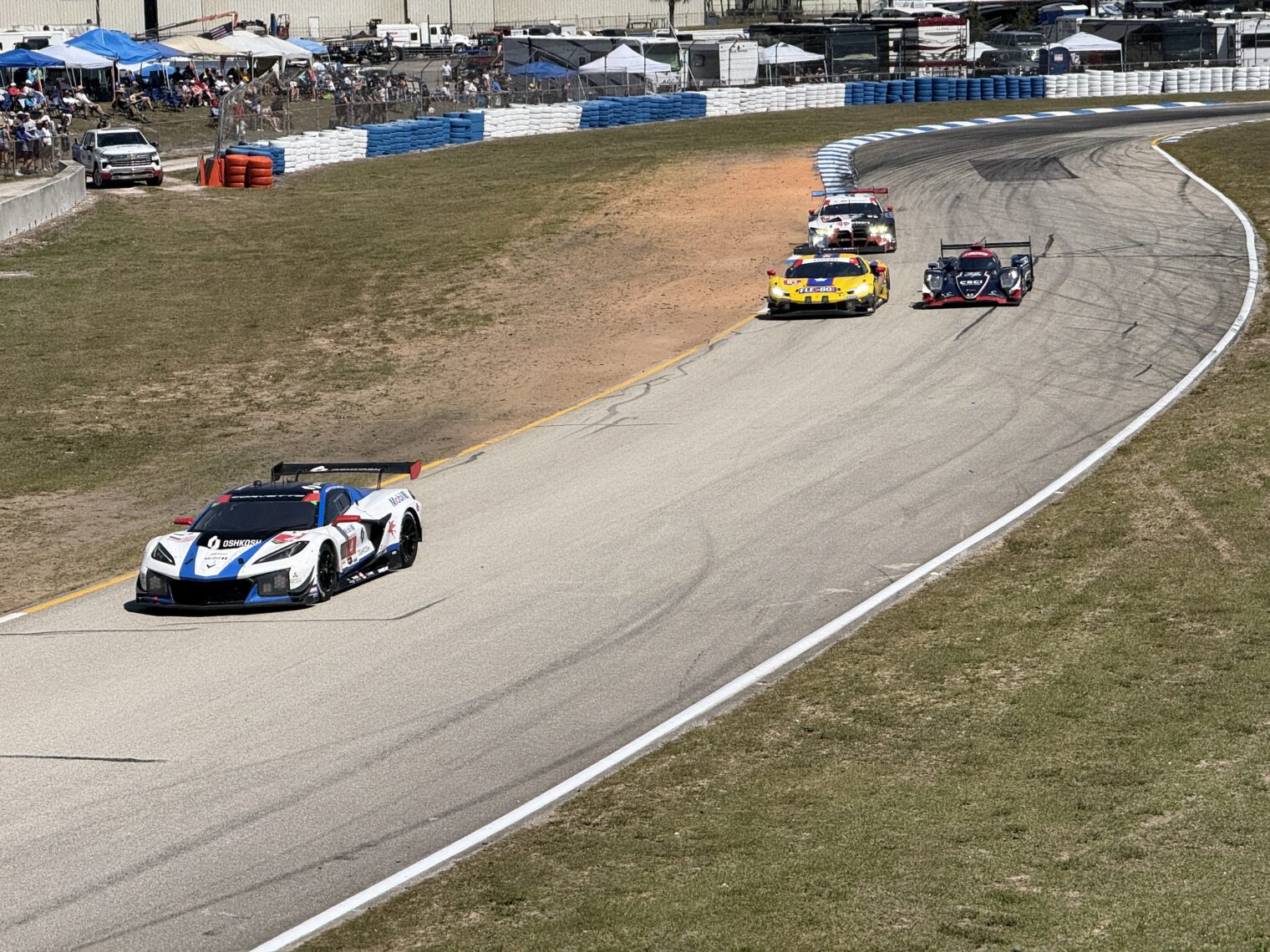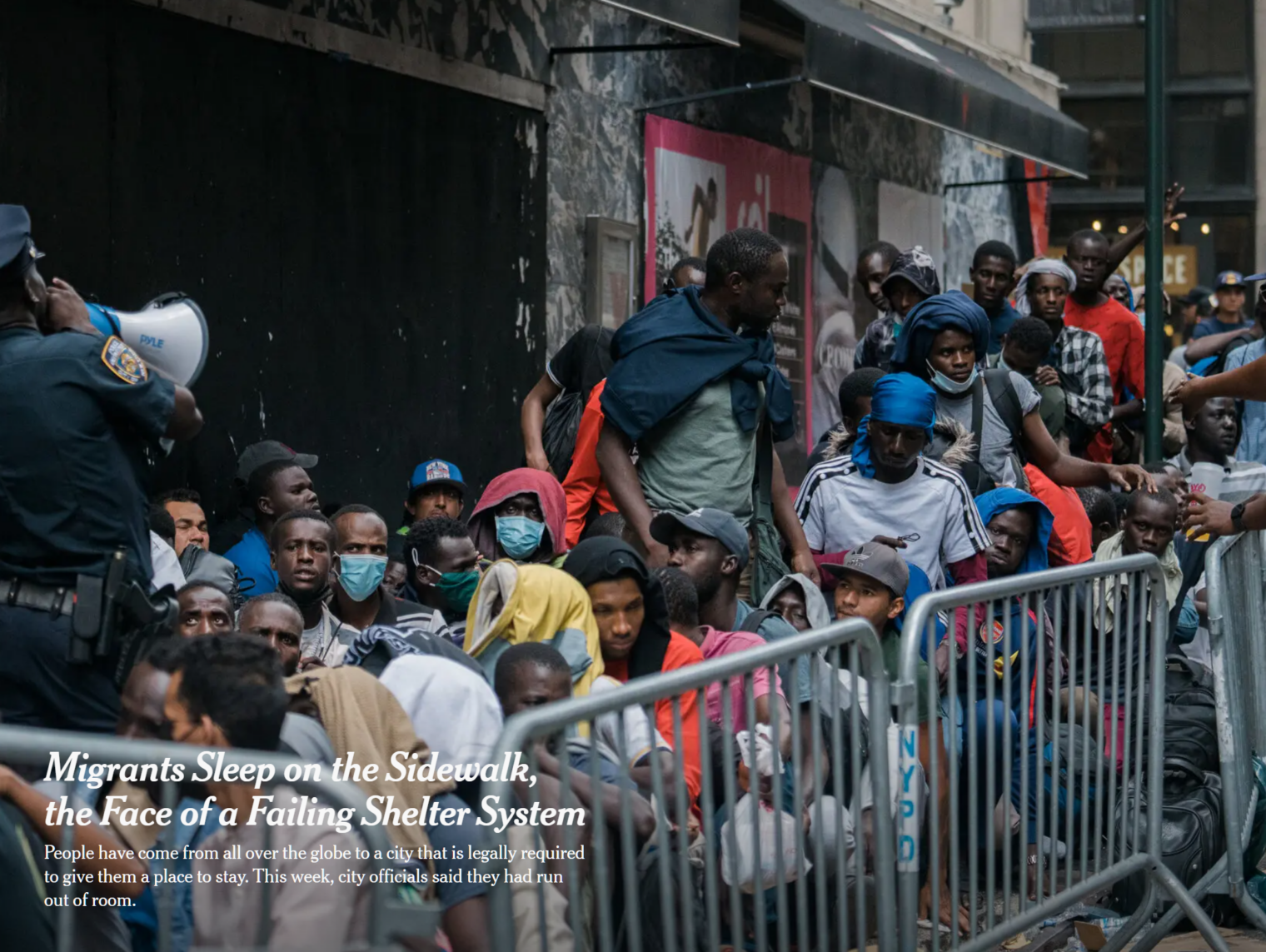The inherent value of men revealed by female preference
“American Women Are Giving Up on Marriage” (WSJ):
The 29-year-old always thought she’d have found her life partner by now. Instead, she’s house hunting solo and considering having kids on her own.
“I’m financially self-sufficient enough to do these things myself,” said Vorlicek, a Boston-based accountant. “I’m willing to accept being single versus settling for someone who isn’t the right fit.”
American women have never been this resigned to staying single. They are responding to major demographic shifts, including huge and growing gender gaps in economic and educational attainment, political affiliation and beliefs about what a family should look like.
“The numbers aren’t netting out,” said Daniel Cox, director of the survey center at the American Enterprise Institute (AEI), a conservative think tank. He ticked off the data points: More women than men are attending college, buying houses and focusing on their friendships and careers over dating and marriage.
A 2022 Pew survey of single adults showed only 34% of single women were looking for romance, compared with 54% of single men, down from 38% and 61% in 2019. Men were also more likely than women to say they were worried that nobody would want to date them.
Coaching from mom:
Last year, Michele Kirsch told her three adult daughters she wanted them to have “boyfriends by Christmas.” She had a dream, she had told them, that each of them was standing in front of the lit-up tree next to “a hunk who liked to ski and went to a good school.”
“went to a good school” means “makes a well-above-median wage”?
Many of the men Katie [one of the adult daughters] met, she said, either seemed turned off by her ambition or weren’t career-oriented enough for her.
“weren’t career-oriented enough” means “makes a well-above-median wage”? Here’s an example female who is upset that she can’t find a man who out-earns her:
A similar anecdote:
Rachael Gosetti, a 33-year-old real-estate agent in Savannah, Ga., said she broke up with her boyfriend, with whom she shares a 5-year-old son, over a year ago because she was tired of doing most of the child care, cooking and scheduling while also earning almost double her boyfriend’s salary. She has yet to date anyone else in part because she worries about living in a red state with a six-week abortion ban. “I have a child that I can’t leave behind to drive to Virginia if I had a pregnancy scare, and I definitely can’t afford another child as a single mom,” she said.
The last part is curious. Virginia allows abortion care only up to 27 weeks of pregnancy, unlike in Maskachusetts, where it would be legal at 37 weeks if a single doc believes abortion care would help the patient’s mental health. If Ms. Gosetti didn’t learn about her pregnancy until the 36th week, for example, she could fly from Savannah to Boston, receive abortion care, and return home by air.
My thoughts on the above… first, it shows that accessing a high-income man’s income/wealth is much more practical via a casual sexual encounter (perhaps Clomid-assisted; see “Child Support Litigation without a Marriage”) than by trying to persuade one of the male unicorns to commit to marriage. Second, the article is consistent with the idea that men have essentially no inherent value to the typical woman. The man who earns $500,000 per year and is pursued by various females would not be desirable if he lost the job and all of his savings.
Full post, including comments


